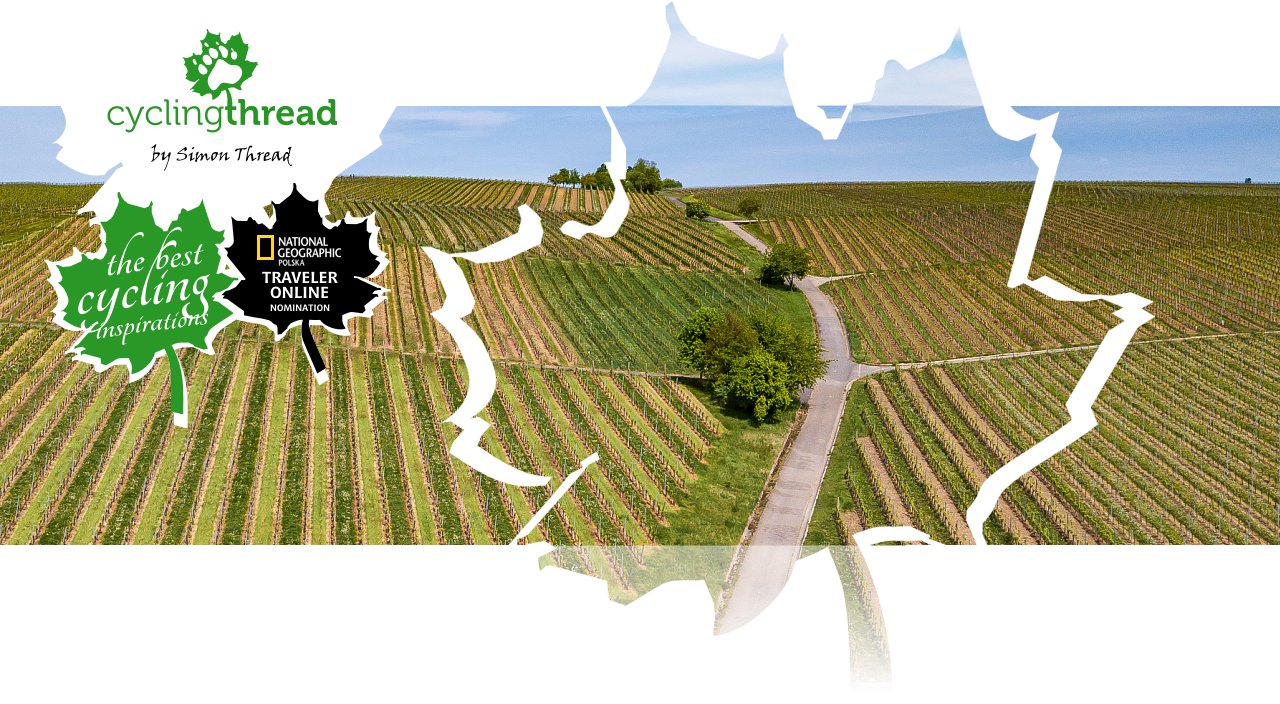
Main Cycle Route in Franconia. A romantic journey through Germany
This was the best of our cycling trips to Germany. Franconia and the bike route along the Main River took us on a long romantic journey through the land of Franconian traditions. Amid riverside landscapes, dozens of vineyards, and the streets of picturesque timber-framed towns, we found everything we needed for an adventure trip - open spaces and nature, a rich cultural heritage, magnificent architecture and art, but also friendly hosts with delicious, simple cuisine and world-class conditions for cycling tourism. Franconia, it was a real pleasure to meet you!
Route on the map
GPX file (GPS track): cyclingthread.com-franconia-2018.gpx
Mainradweg in Franconia - table of contents
- MainRadweg: the cycling route along the Main River
- The passion and admiration for Franconian culture
- The extraordinary Margravial Opera House in Bayreuth
- Tracing Richard Wagner in Bayreuth
- The New Palace in Bayreuth
- Franconia with a cycling tour agency
- Beer Franconia and wine Franconia
- An evening with a glass of smoked beer
- Upper Franconia for beer aficionados
- The beautiful Old Town of Bamberg
- Bamberg Cathedral of St. Peter and St. George
- One of the oldest inns in Germany
- Over five thousand vineyards in Franconia!
- Pork shoulder with dumpling and sauerkraut
- To Franconia for the best German schnitzel
- Traditional May Tree in front of the town hall
- Spessart Museum and the Insulator Museum
- Over thirty three-hundred-meter locks
- On the Old Main Bridge in Würzburg
- The Würzburg Bishop's Residenz
- An American saves German artworks
- Interesting Main Valley bicycle route
- Cork castles at Johannisburg Castle in Aschaffenburg
- Bike route through Bavarian vineyards
- A small detour on the route
- Thirteen hours traveling through Germany
- Wonderful memories from yellow-green Franconia
- Where to find accommodations in Franconia?
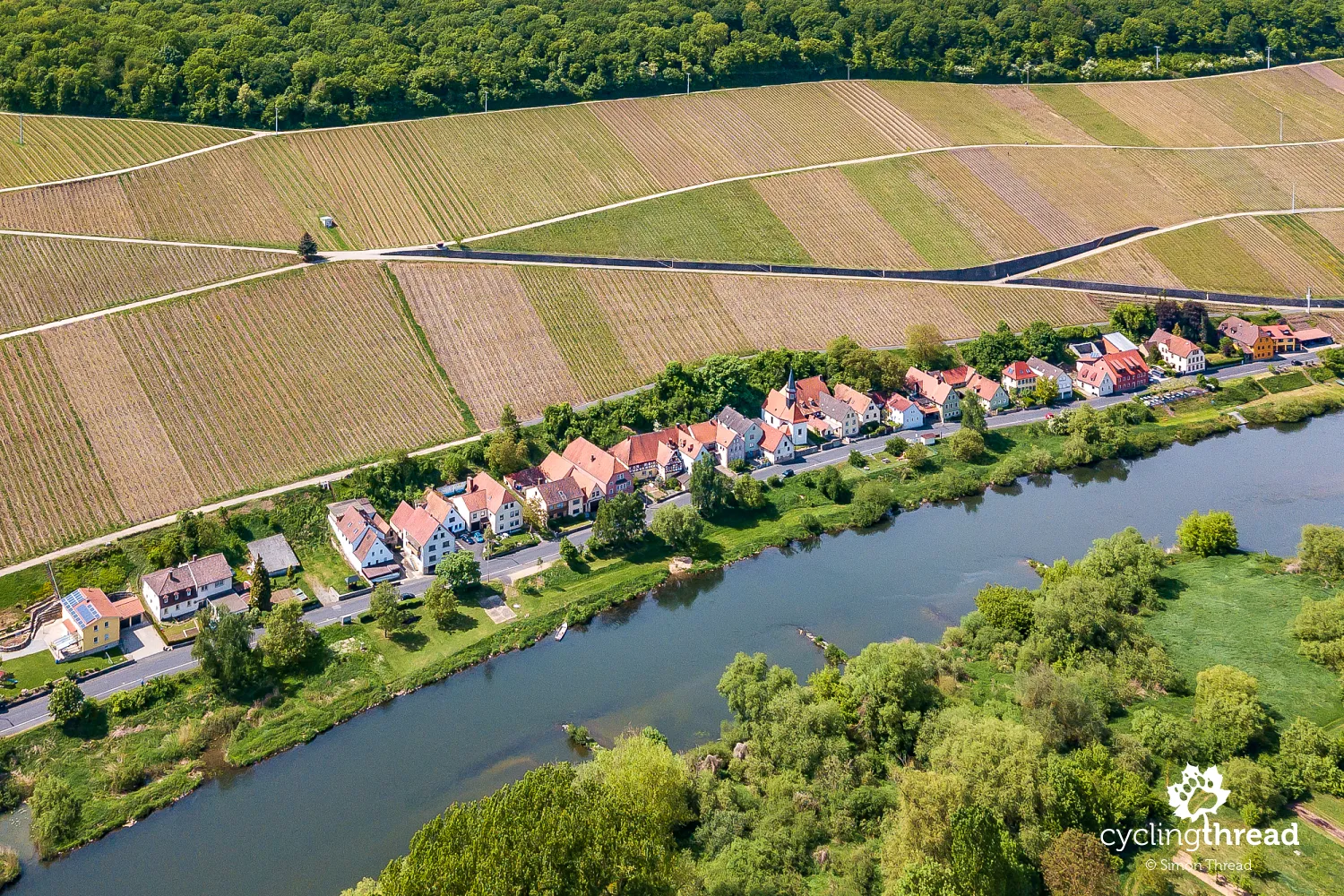
Franconia: a distinct cultural gem mostly nestled within Bavaria's borders but not fully identifying with Germany's largest state. The people of Franconia see their unique cultural identity in the historical heritage of the Franconian Duchy, which only became part of Bavaria 200 years ago. Although German is the official language, statistics show that nearly 5 million Franconians still speak the local East Franconian dialect. It's common to see private and even public buildings devoid of Bavaria’s characteristic white-and-blue chequered pattern, replaced instead by Franconia's red-and-white colors.
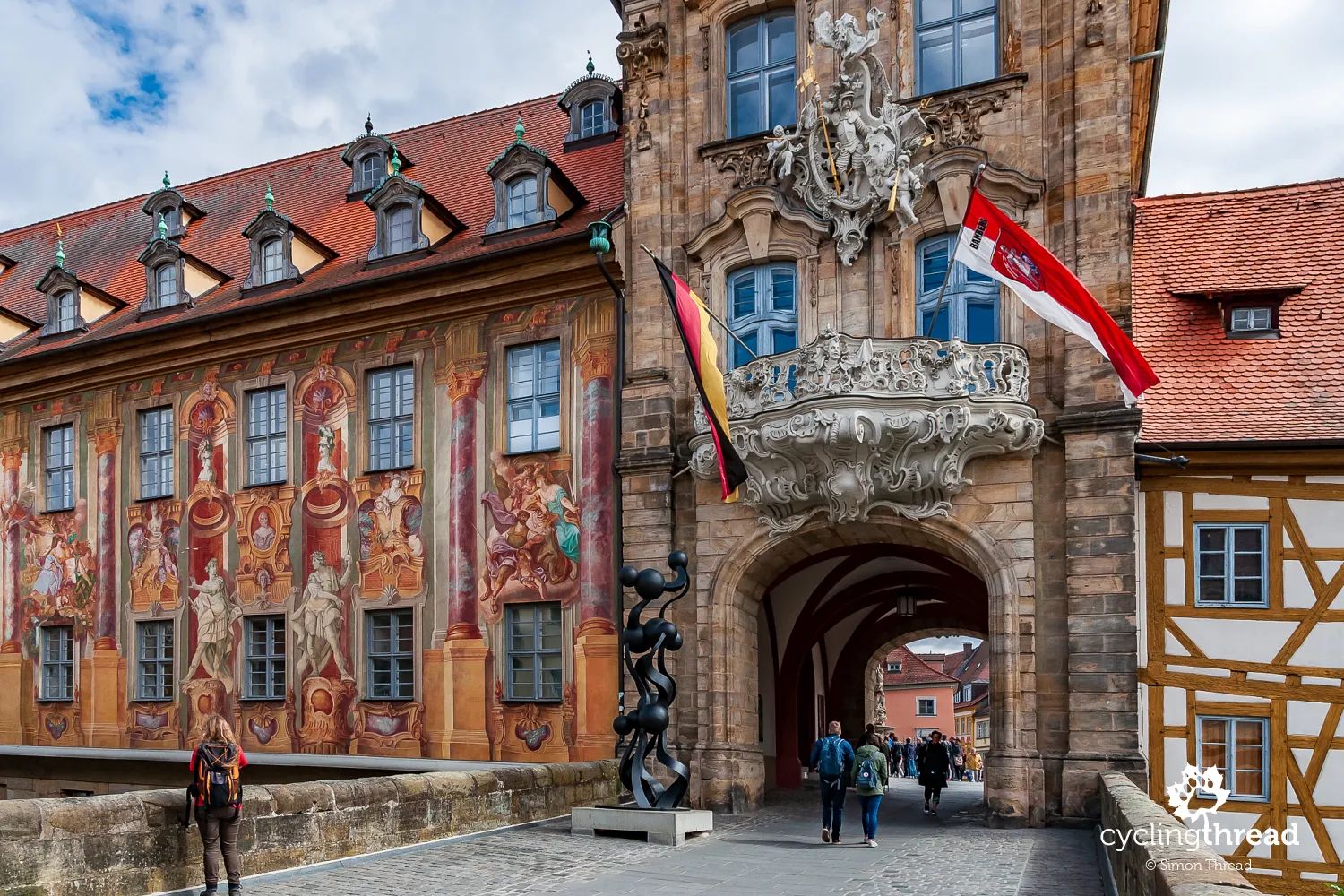
MainRadweg: the cycling route along the Main River
The perfect way to discover Franconia is by traveling the MainRadweg - a top-rated cycling path along the Main. Exactly ten years ago, the MainRadweg was awarded the highest possible quality rating - five stars - by the German Cycling Club (ADFC). In this year's March survey of German cyclists, this riverside route ranked fourth among Germany’s most popular cycling routes, only trailing the long-favored Elbe River Cycle Route, the Weser River Cycle Route in Lower Saxony, and the Ruhr Area Cycle Route in North Rhine-Westphalia. The MainRadweg tops our list of the most interesting German cycling routes we've explored.
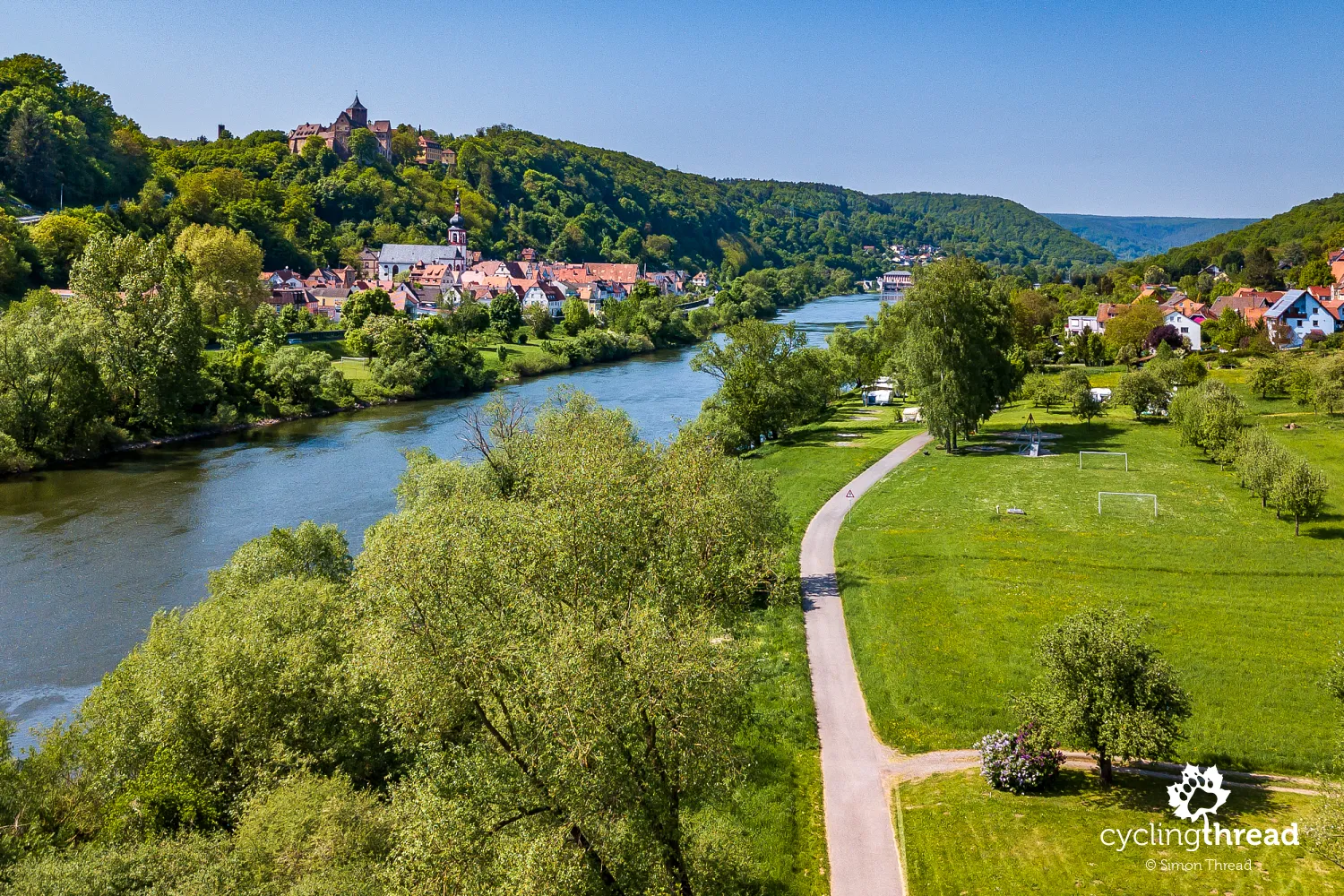
The official length of the entire route is about 600 kilometers - we covered approximately 550 kilometers in eight days from Bayreuth through Kulmbach, Schweinfurt, Bamberg, Würzburg and Aschaffenburg to Frankfurt am Main, skipping the first and last kilometers due to logistical reasons. It's worth noting that the route along the Main has two starting points, as the actual Main River is formed by the confluence of two smaller rivers - the White Main and the Red Main. The "Red" variant is more commonly chosen due to the beautiful city of Bayreuth, which provides a splendid introduction to the Franconian atmosphere that will surround the cycling tourist for the next several days of their journey.
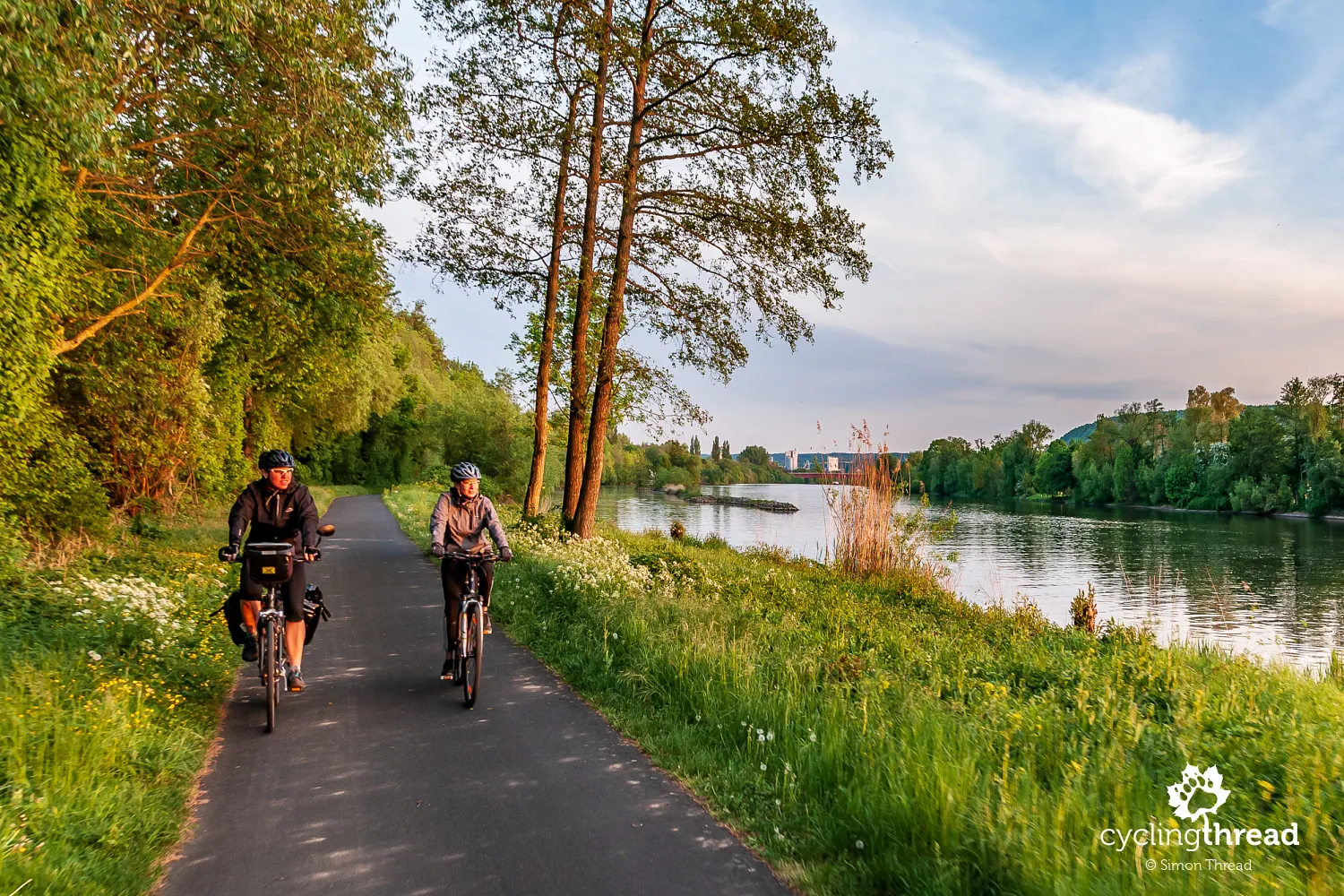
The passion and admiration for Franconian culture
Imagine, on the first day of your journey, seeing locals in historical costumes gracefully strolling through the best spots in Bayreuth, happily posing for photos with amazed tourists. Among these charming costumed locals were members of a historical society from nearby Ansbach, sharing their passion and love for Franconian culture. We first encountered a couple in historical costumes in front of the stunning Bayreuth Opera House. Three years later, we nearly stumbled upon their Rococo Festival during our historical exploration of the Hohenzollern route.
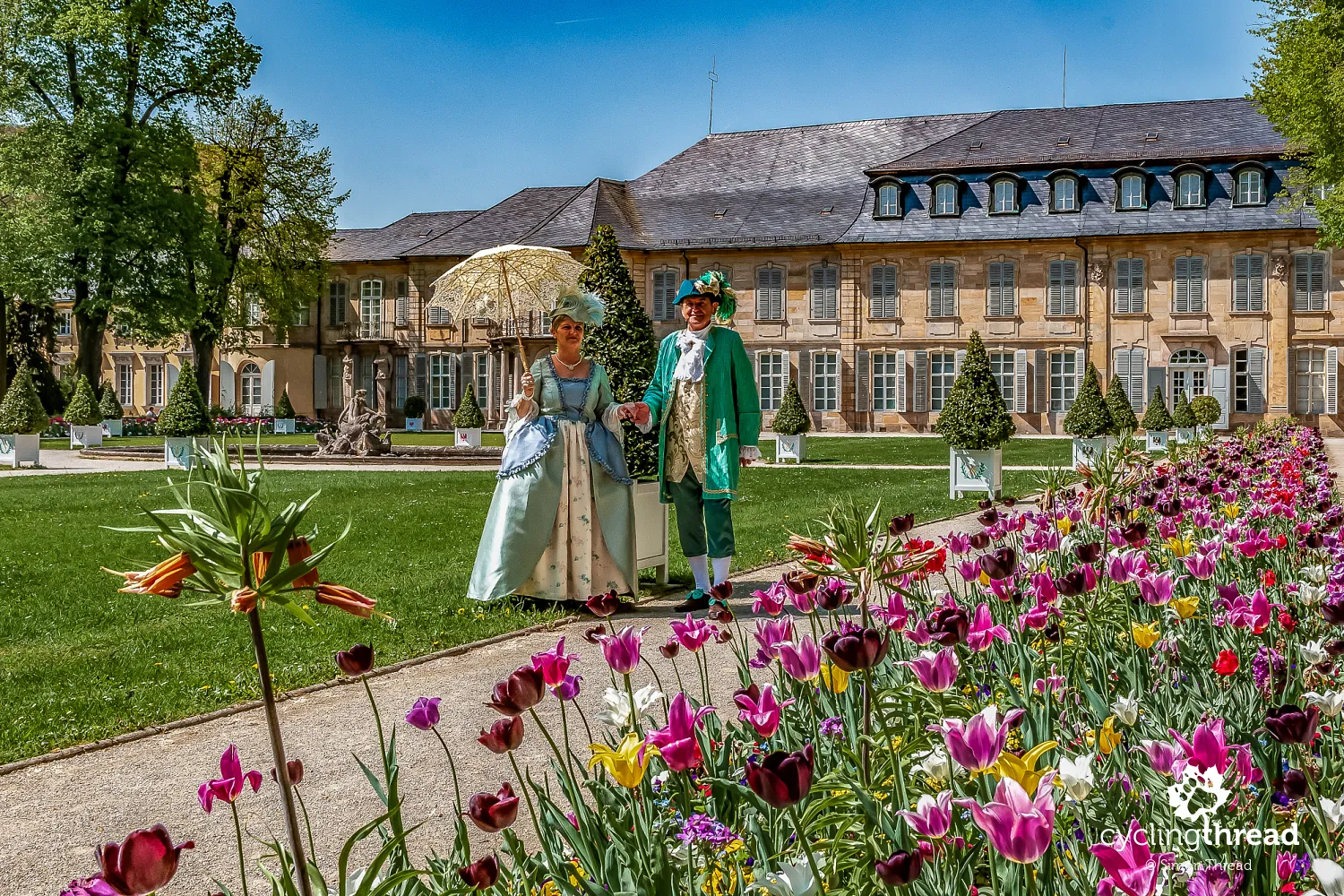
The extraordinary Margravial Opera House in Bayreuth
Listed as a UNESCO World Heritage Site, the Margravial Opera House in Bayreuth is a genuine masterpiece of early theatrical architecture. Inspired by theaters in Vienna, Paris and Venice, the architects from Bologna in Emilia-Romagna, working on behalf of Margrave Frederick of Bayreuth, have preserved about 90% of the original auditorium structure since the 18th century. The decorations are only lightly restored to minimize changes to the venue's appearance. The opera house, after several years of conservation work, is once again open for visitors and hosting magnificent concerts this April.
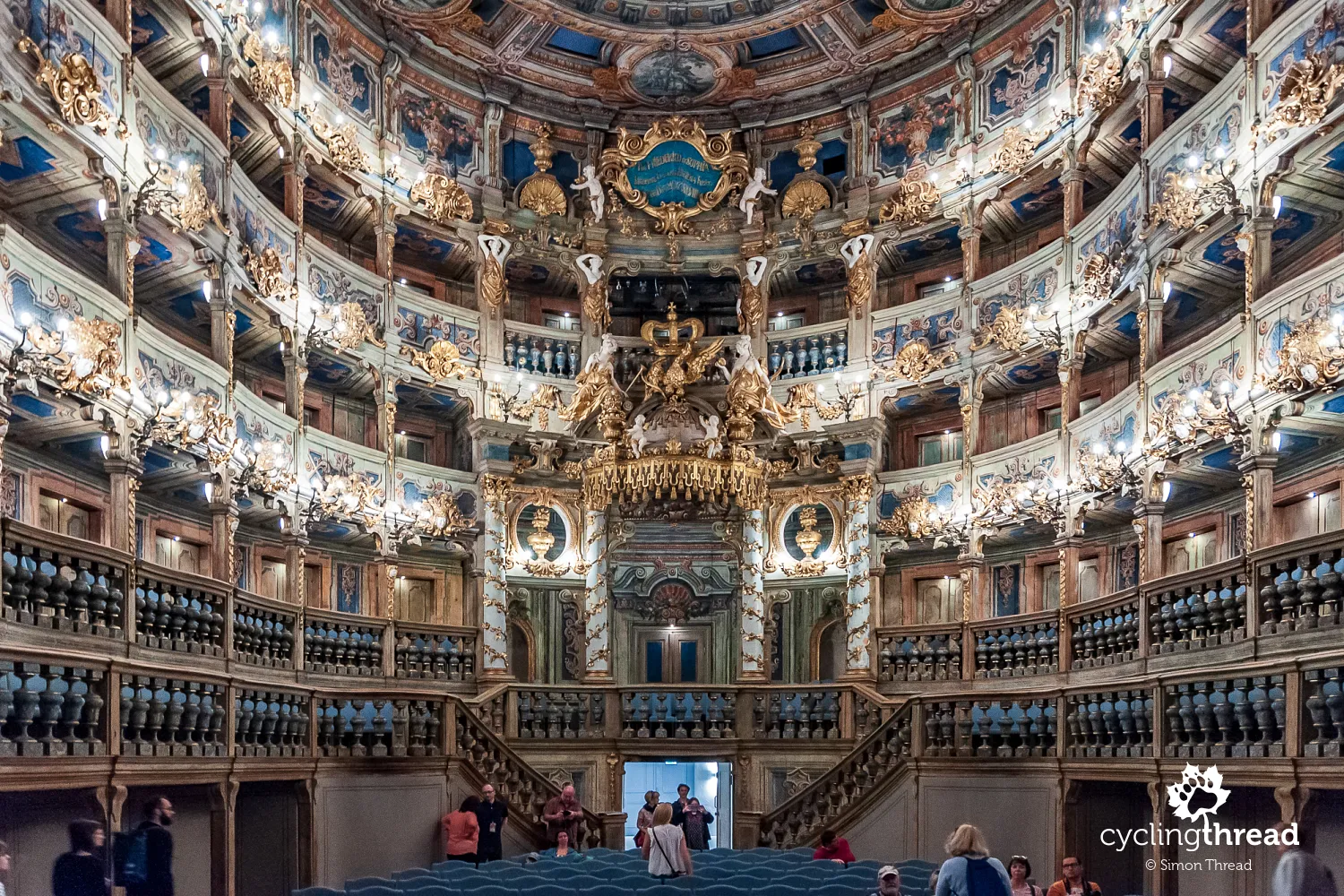
Tracing Richard Wagner in Bayreuth
Wagner was initially enchanted by the Opera House upon his arrival in Bayreuth but soon found it too small to fulfill his grand ambitions. He then commissioned the construction of the Festspielhaus on Green Hill, north of the city, which became the venue for the annual Bayreuth Festivals and several Wagner premieres. Unfortunately, we missed visiting the theater - arriving just fifteen minutes after closing time, unaware of the operating hours, while exploring other attractions in Bayreuth, including Wagner's home, now the Wagner Museum, next to the New Palace.
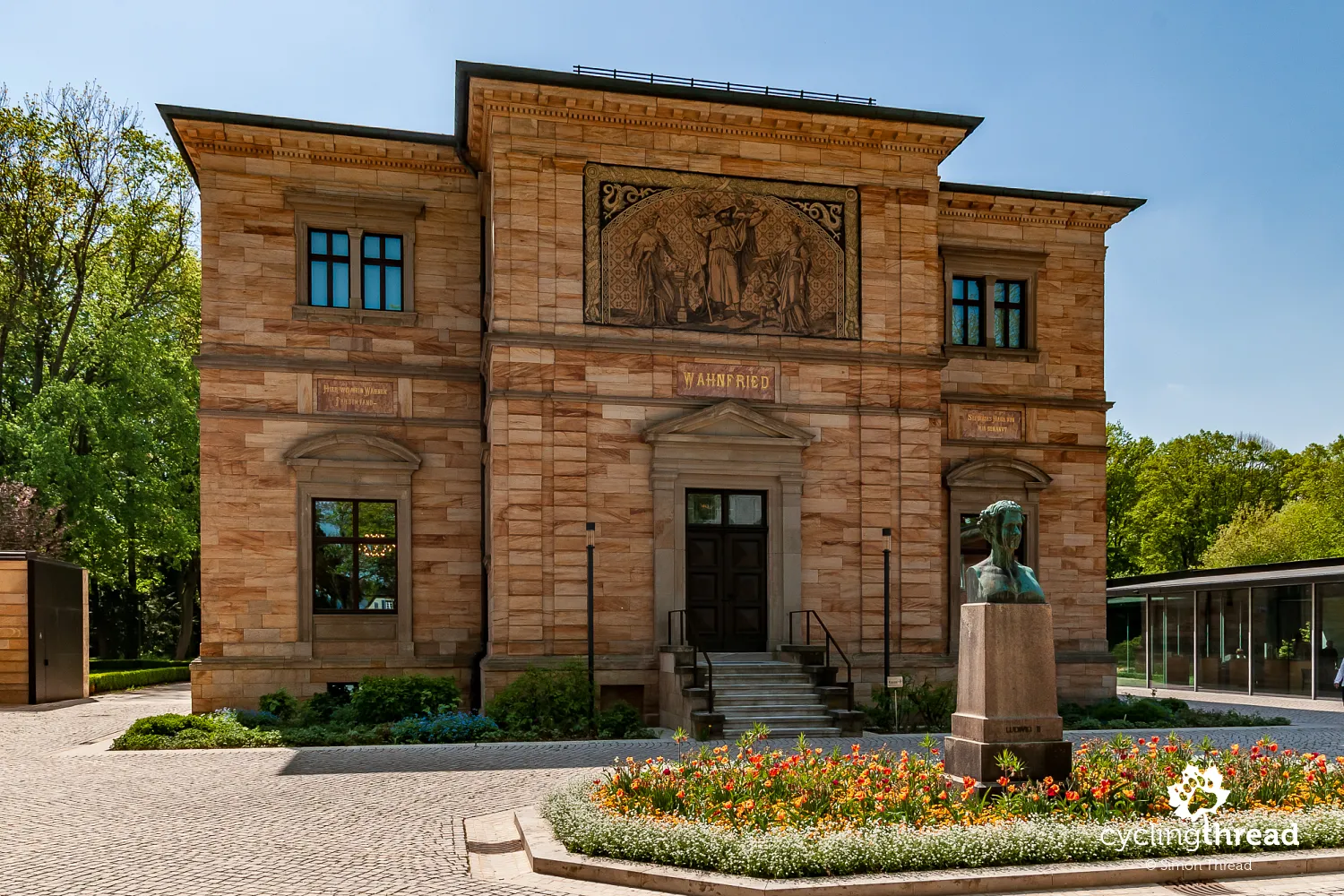
The New Palace in Bayreuth
Adjacent to the park that also houses the Wagner Museum, the New Palace, also known as the New Residence, stands as the first of many monumental royal residences, palaces, and castles that Bavaria is famous for. Built on the site of the old burned-down palace, it showcases the "Bayreuth Rococo" style heavily influenced by Margrave Frederick and his wife, Princess Wilhelmina, sister of Frederick the Great. Known as the "Franconian Versailles" in its day, the palace was renowned for the caliber and number of distinguished guests it welcomed. The palace museum's collections include a model of the Margravial Opera House, giving visitors a glimpse into how the prefabricated wooden interior decorations were assembled within the stone building.
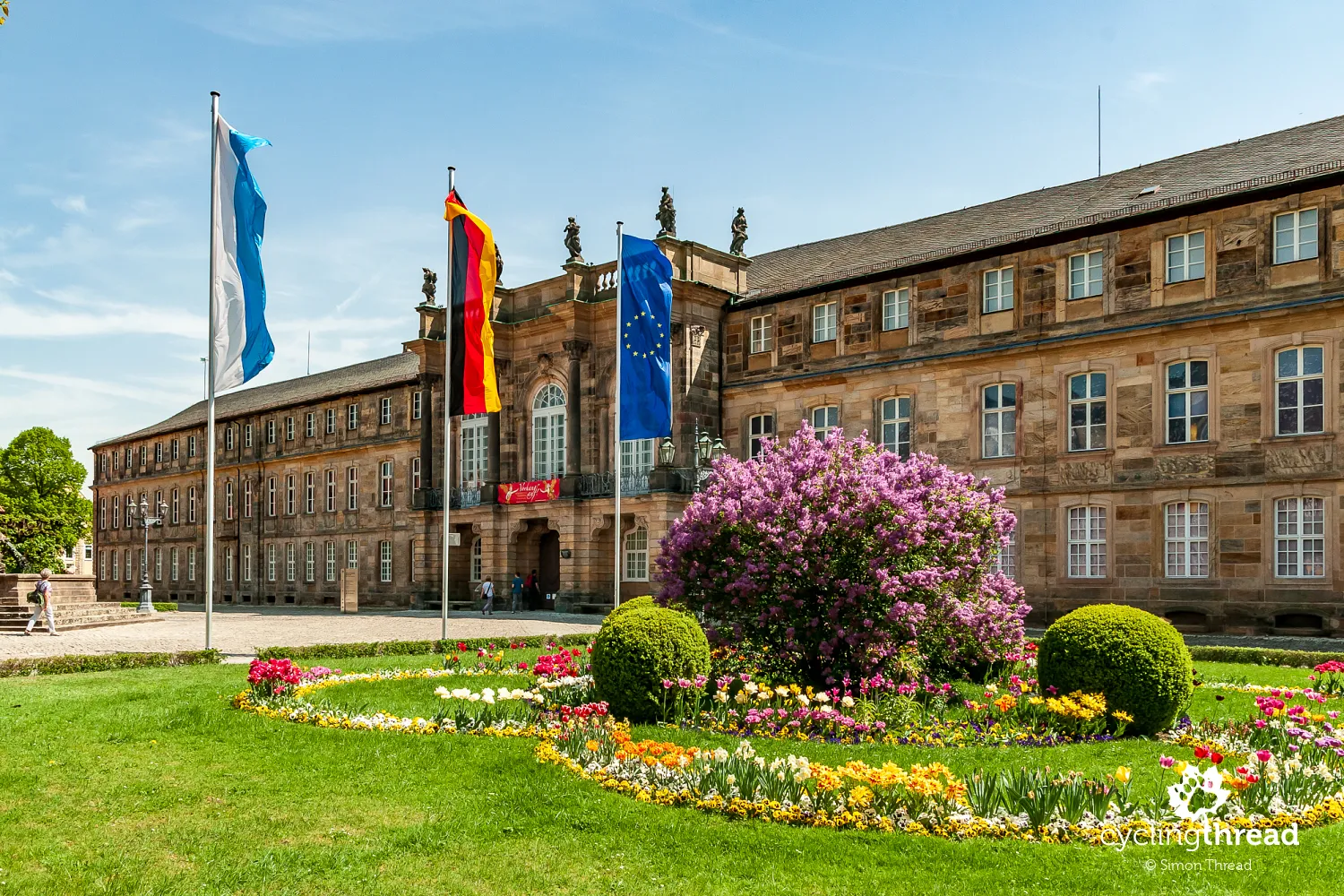
Franconia with a cycling tour agency
After the rococo delights, the first few kilometers on the MainRadweg didn’t quite enchant us. The beginning of the five-star cycling route past Bayreuth leads through the narrow valley of the Red Main, often on regular public roads, tossing the traveler from one bank to the other and sometimes forcing brief but intense climbs, without compensating with particular attractions along the way. Certainly, the travel agencies organizing cycling tours in Franconia are aware of this, and their offered routes usually start a few dozen kilometers further on. But with 9 days of an unusually long May weekend at our disposal, we decided to ride almost the entire route along the Main.
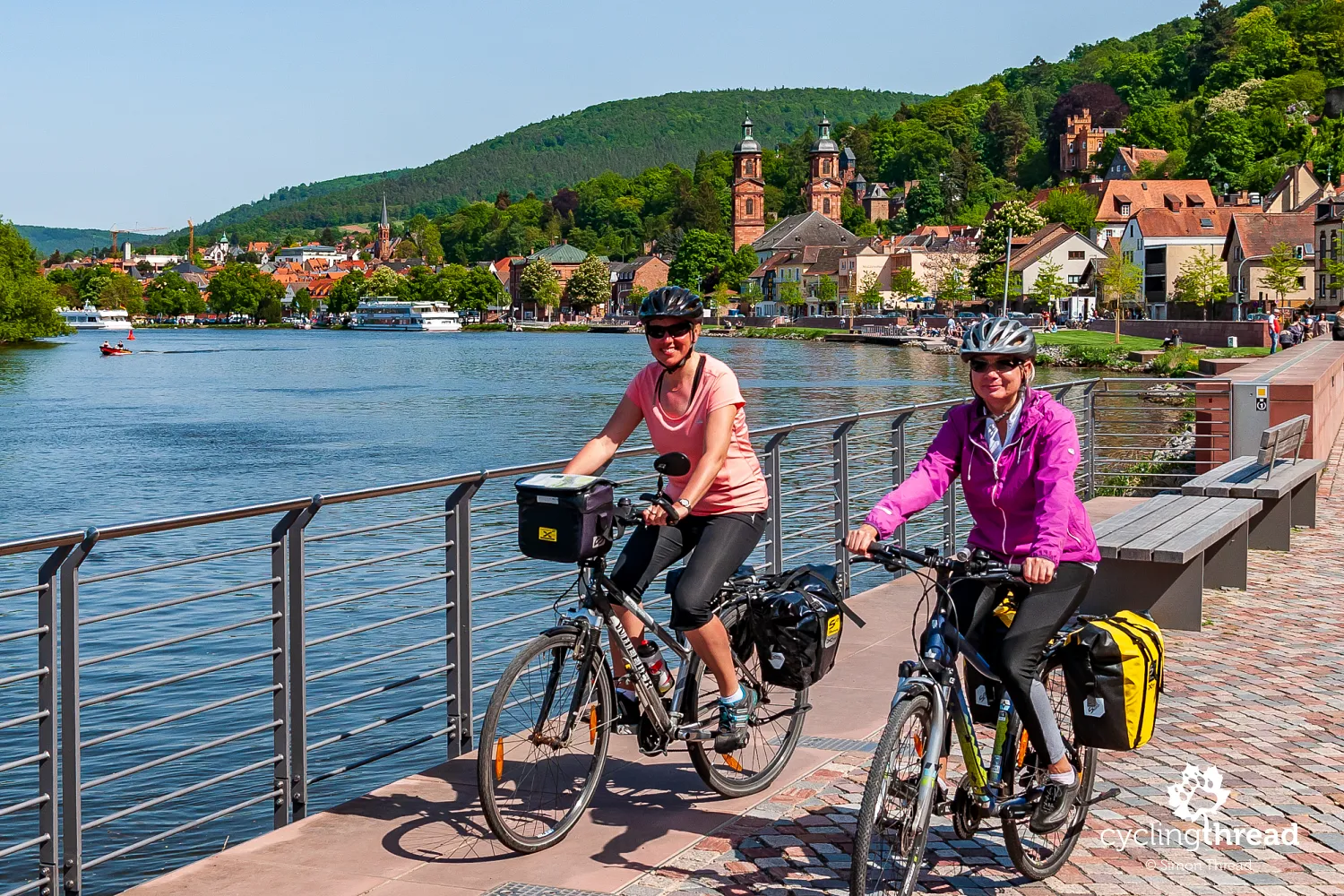
Beer Franconia and wine Franconia
It’s said that there are really two Franconias. The first, where breweries dominate, has its informal capital in Bamberg. This is where the world's highest density of breweries per capita can be found! The second - Wine Franconia - centers around Würzburg, where many steep riverbanks are lined with vineyards. The first is open, cheerful, standing in a warm evening with a jacket unzipped in the Old Town’s alley in Bamberg, holding a glass of Schlenkerla - the traditional, smoked beer from a centuries-old brewery. The second, more reserved and subdued, sits at a restaurant table on the Old Bridge in Würzburg sipping Silvaner - the most popular white wine here, born just a few months earlier from the grapes of the Würzburger Stein vineyard, visible in the background in a nearby bend of the Main.
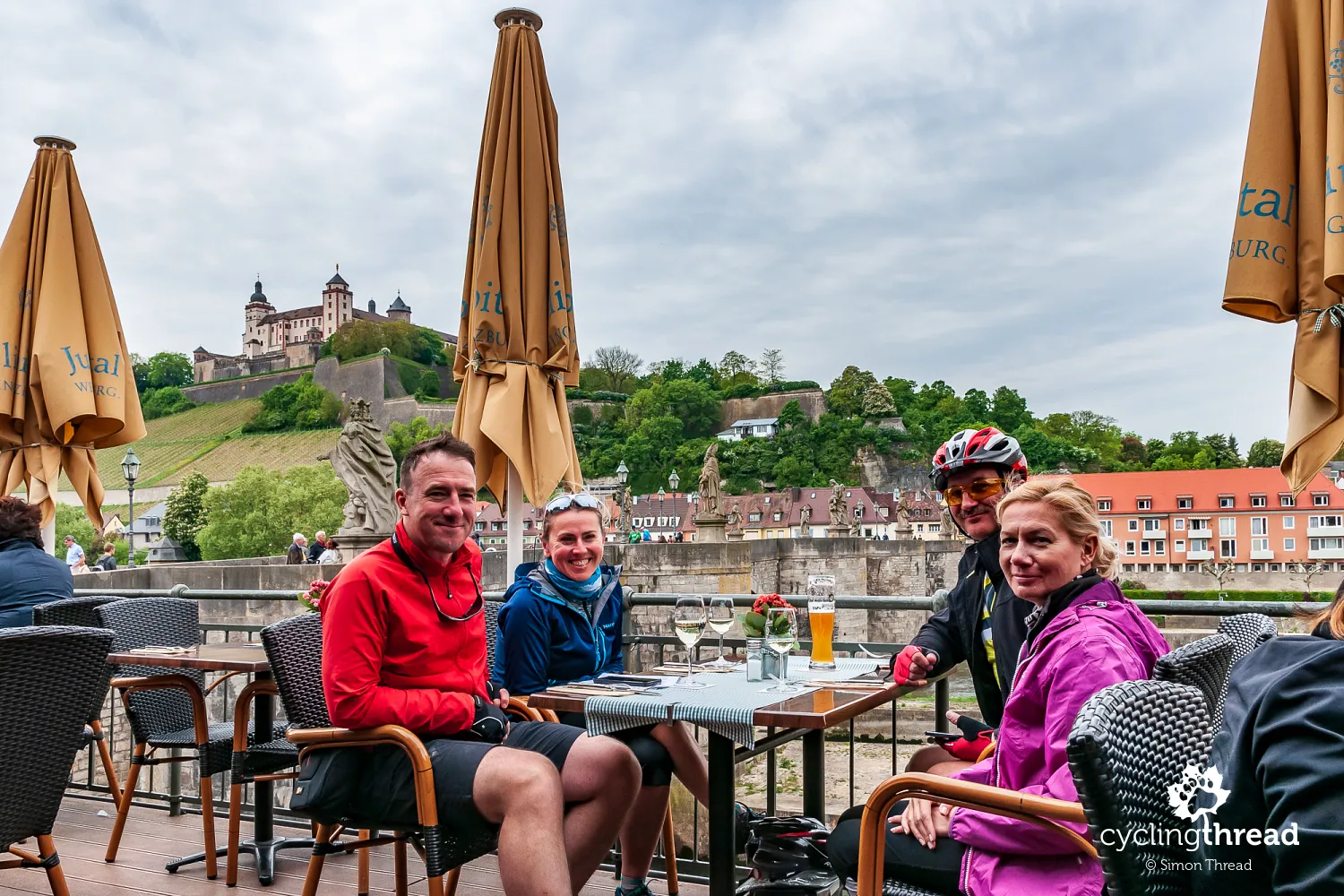
An evening with a glass of smoked beer
We reveled in the face of Beer Franconia on our third evening. Our night stroll through the Old Town in Bamberg reminded us of Bologna in Italy’s Emilia-Romagna, which we visited last year. We quickly found ourselves outside the over 600-year-old Schlenkerla restaurant on Dominican Street - a must-visit spot mentioned in every guidebook. A glass of Aecht Schlenkerla smoked beer tastes best consumed standing up, outdoors, surrounded by the bustling crowd of locals and students, where someone will soon tell you why they choose this spot for their evening relaxation. And Schlenkerla is quite an unusual beer - to me, it tasted like smoked game and - honestly - it was only by the second glass that I transitioned from surprise to pleasure from this new flavor. Also noteworthy is Schlenkerla Rauchweizen - a smoked wheat beer, clearly milder than the original version.
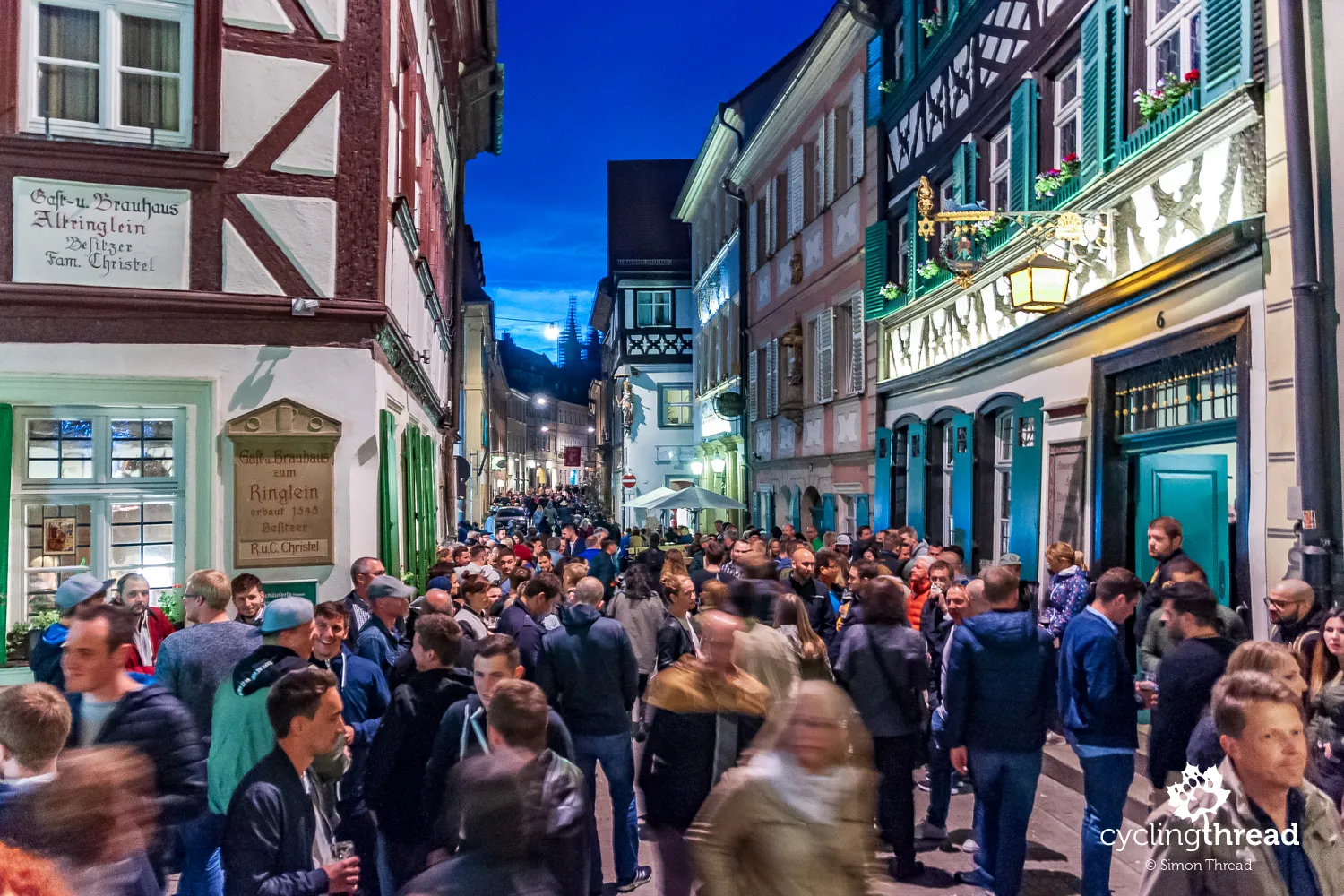
Upper Franconia for beer aficionados
In Bamberg alone, beer enthusiasts might find as many as 100 beer types from about 10 breweries. For all of Franconia, the stats claim there are over 300 breweries, accounting for half of all Bavaria's breweries. This thriving brewery industry in Franconia has generated a huge collection of beer-related memorabilia; hundreds of years of brewing equipment development, but most importantly, brewing know-how passed down through generations. Thousands of coasters, labels, bottles, cans, memorabilia, and other exhibits can be seen in beer museums we visited, including in Bayreuth at the Maisel Brewery, in Bamberg at the Franciscan Monastery, and in Kulmbach at the Kulmbacher Mönchshof Brewery. The local beer boom is even documented by the entry of the Biermuseum in Bayreuth into the Guinness Book of Records for the most extensive collection of beer-related items in the world.
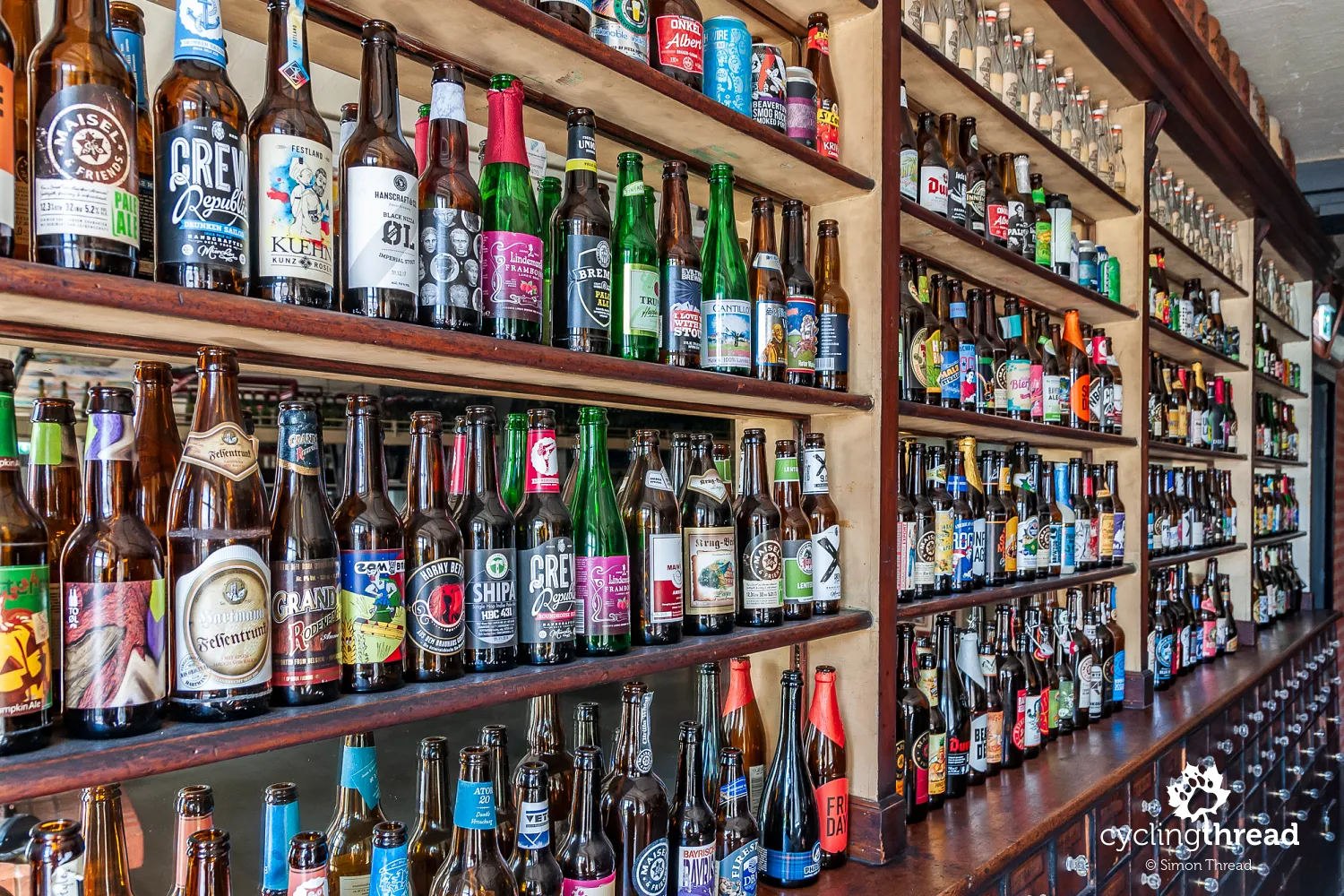
The beautiful Old Town of Bamberg
After a very pleasant evening in Bamberg, the next morning awaited us with a walk through the Old Town - another site listed as a UNESCO World Heritage Site. The party-goers from the night before had disappeared, replaced by tourists from around the world. One of several photo-op magnets is the uniquely situated Old Town Hall, built on an artificial island by citizens impatient with a bishop who delayed supporting the construction of a competing secular authority. The several-century-old timber-framed Bailiff’s House, perilously clinging to one end of it, looks as though it could tumble into the waters of the Regnitz river below at any moment.
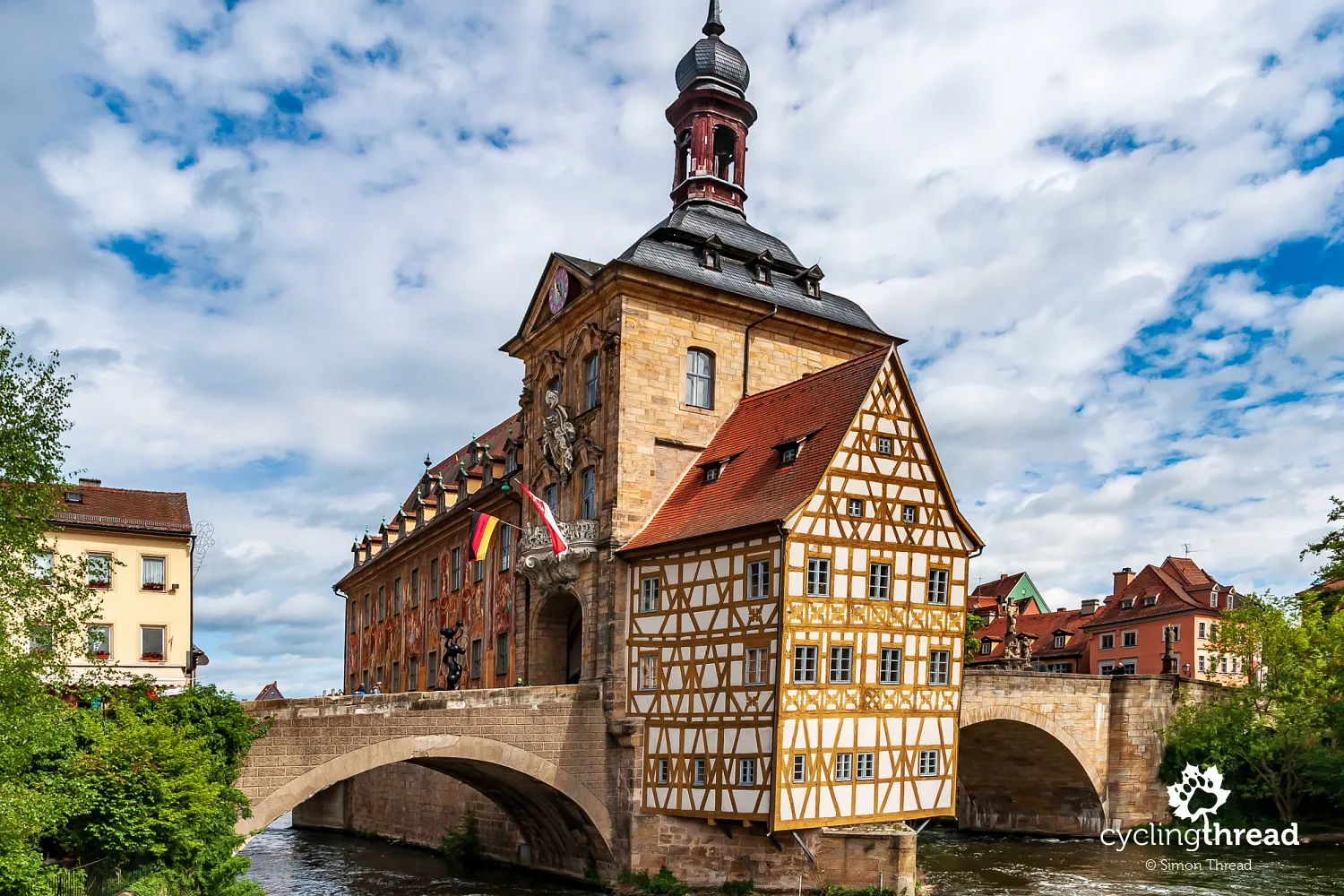
Bamberg Cathedral of St. Peter and St. George
The most precious monument in Bamberg is the 13th-century Cathedral of St. Peter and St. George, towering over the Old Town with its distinctive four towers. It is worth seeking out the only papal tomb in Germany - that of Clement II, a former Bishop of Bamberg, buried here in 1047. The cathedral also draws attention with the sculpted tomb of Emperor Henry II and his wife Kunigunde of Luxembourg and the mysterious statue of a horseman, whose identity and purpose remain unexplained by historians. Tourists are often drawn to the Altar of the Savior by Veit Stoss - during our visit, it was under restoration, hidden behind a banner displaying its replica.
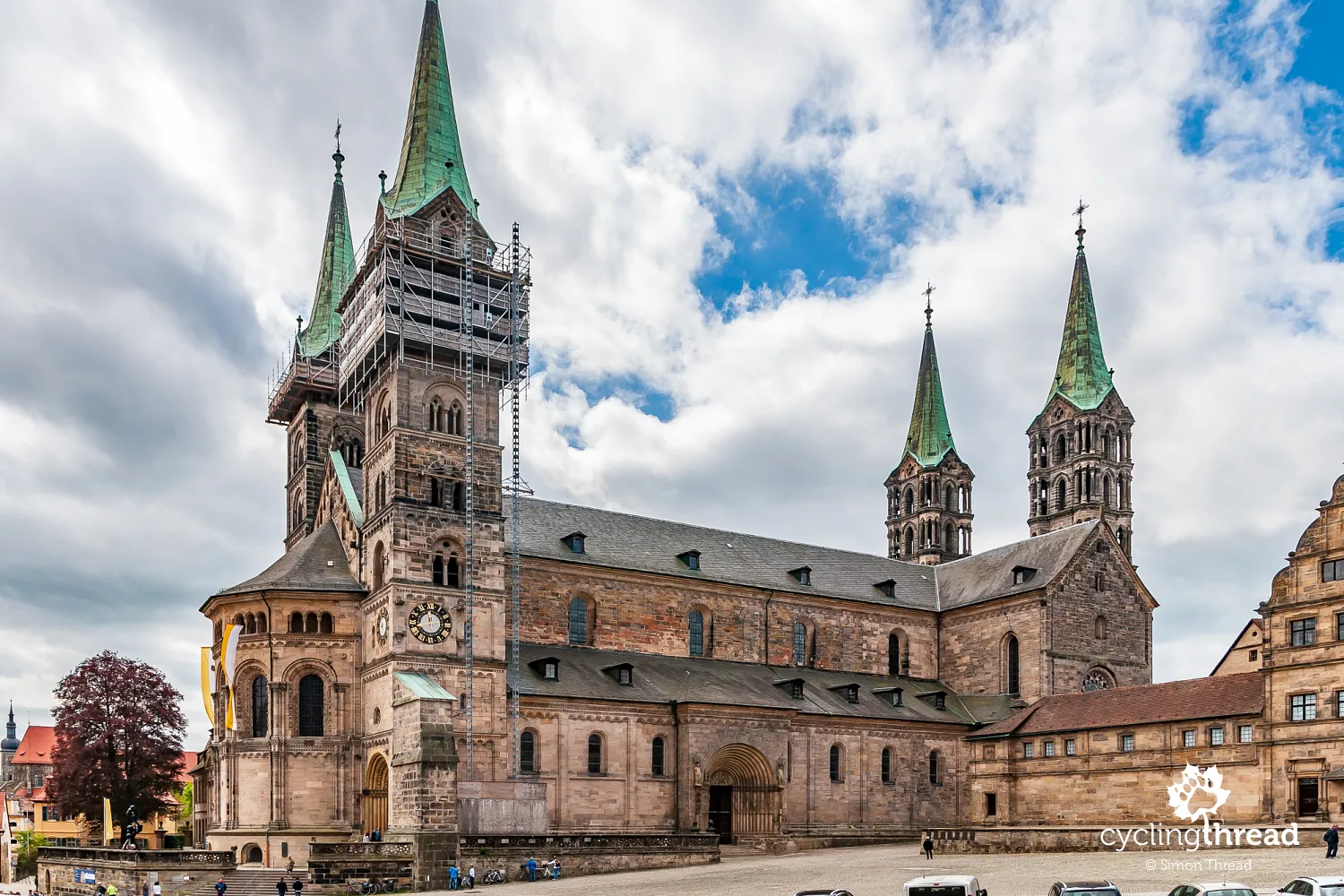
The city set on seven hills, akin to Rome, has even earned Bamberg the nickname "Franconian Rome," though the locals whimsically refer to Rome as "the Italian Bamberg" when tired of the comparison. There's so much to see here that the evening and well over half of the next day we spent left us longing for more. Fortunately, we managed to visit the exquisite Bird Hall in the Natural History Museum, housed in the former Jesuit college buildings. This 'museum within a museum' was founded in 1791 by the enlightened Bishop Franz Ludwig von Erthal. In the stylish interior, filled with original, classic display cases, thousands of animal specimens, mainly avian, are showcased.
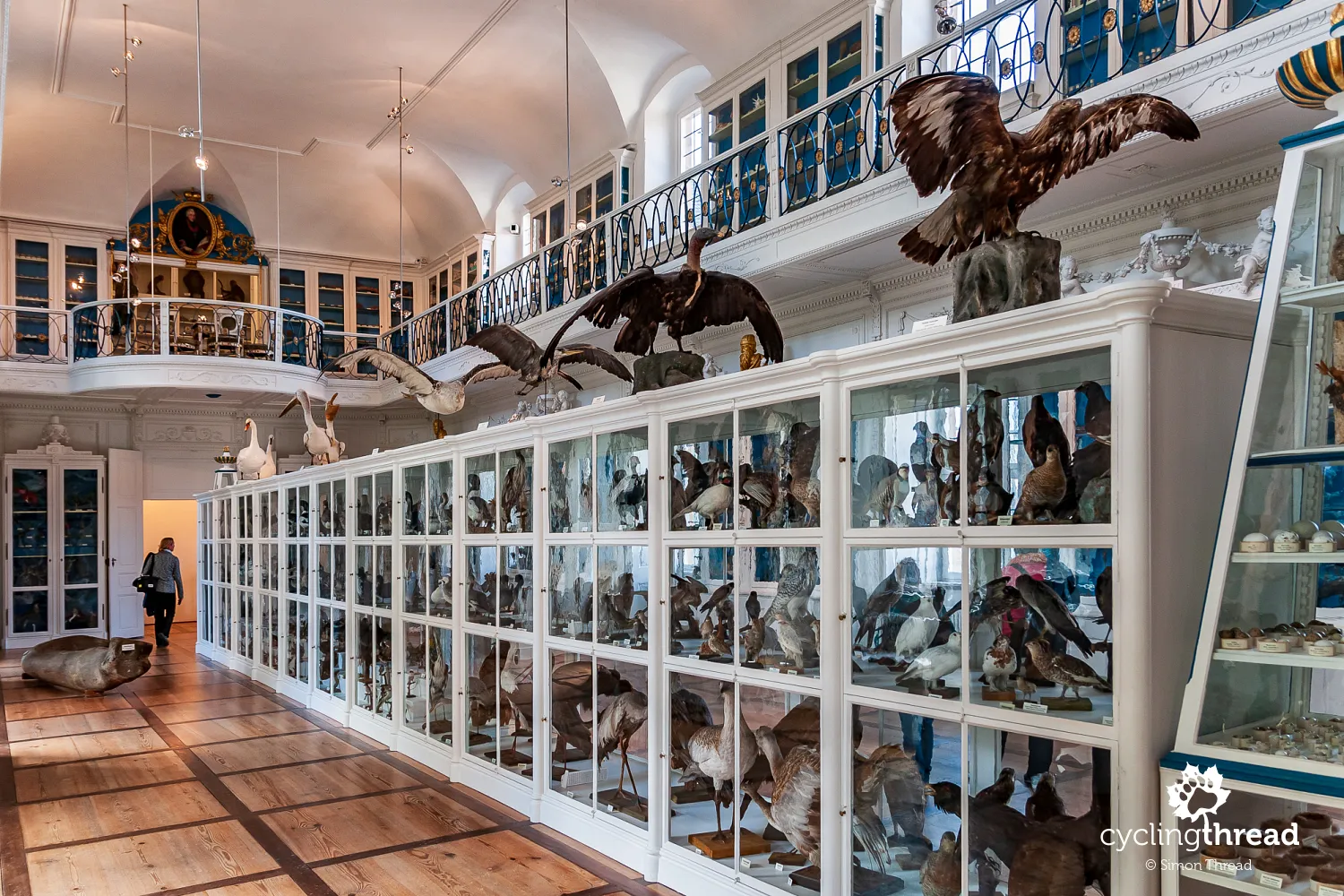
One of the oldest inns in Germany
From Bamberg, the journey along the Main turns into the proper cycling feast we came for. The river valley consistently makes room for the cycling route, which veers away from car traffic into the serene riverside stretches. We frequently pass through atmospheric villages and towns where the quaint urban landscape is dominated by well-preserved timber-framed houses. Our bike route along the Main even crosses one of the trails of the German Timber-Frame Road (Die Deutsche Fachwerkstraße) twice, with the towns of Miltenberg and Seligenstadt, where this happens, being truly stunning. In Miltenberg, we dined at one of the oldest inns in Germany, which is also listed among the world's oldest continuously operating businesses - Zum Riesen. Over its more than 600-year history, it has hosted, among others, German kings and Holy Roman Emperors Frederick Barbarossa and Charles IV, as well as Napoleon Bonaparte and... Elvis Presley. But they probably weren’t on bicycles?
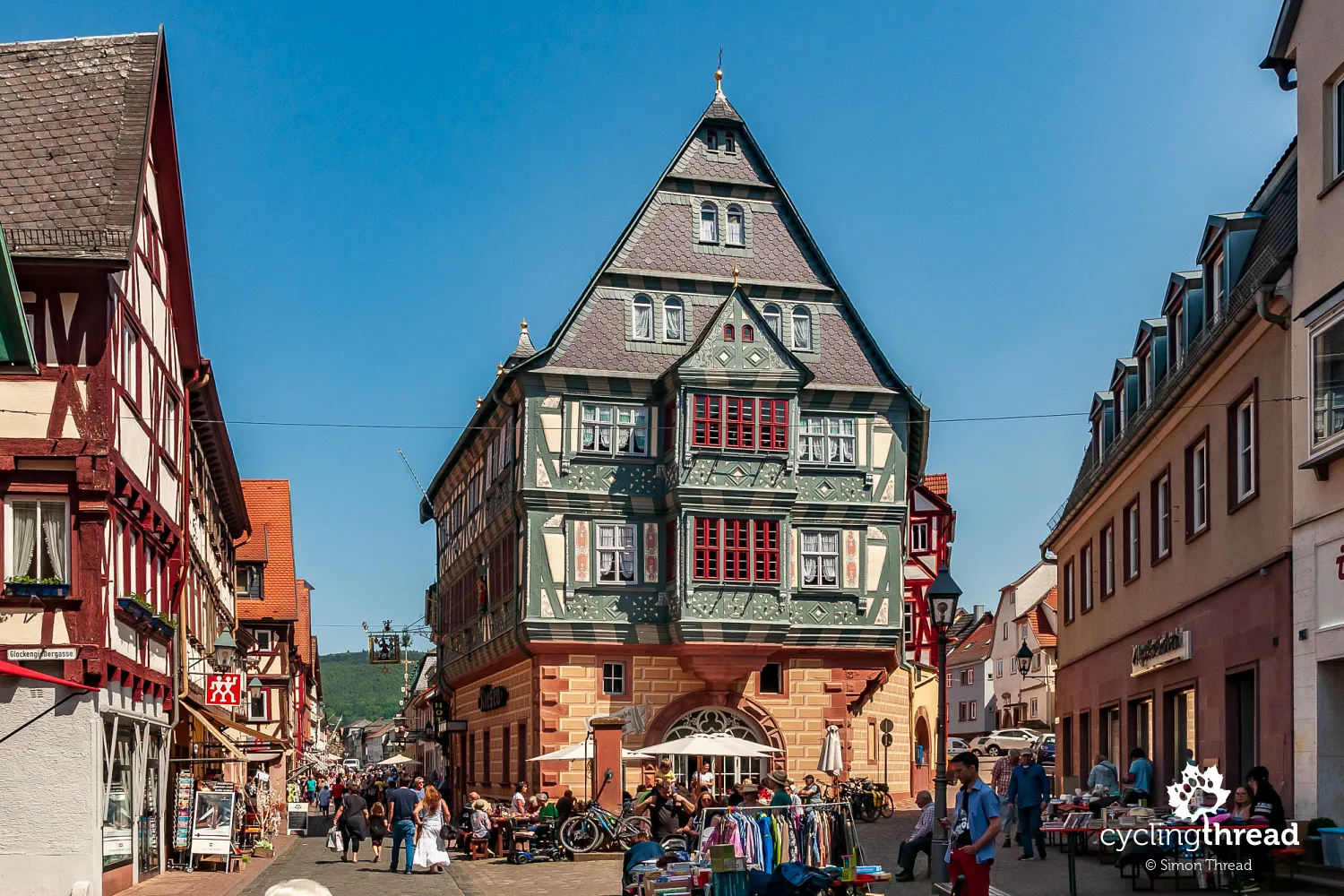
Over five thousand vineyards in Franconia!
You enter Franconia's wine country almost unnoticed between Schweinfurt and Kitzingen. Suddenly, the slopes of the Main Valley are horizon-filled with rows of vines, which during our spring visit weren't yet as impressive as in the peak of the wine season. Franconia owes its esteemed vintages to favorable climatic and soil conditions - the soil predominantly consists of shell limestone and reddish "bunter" sandstone, and the slopes where the vineyards lie are among the warmest in Bavaria. A significant portion of the produce from the region’s - note - 5,400 vineyards ends up on tables and store shelves in distinctive, flat bottles. Up to 80% are white wines, with Silvaner and Müller-Thurgau varieties being the most prevalent. And typical beer pubs are starting to be replaced by more upscale venues serving only wine.
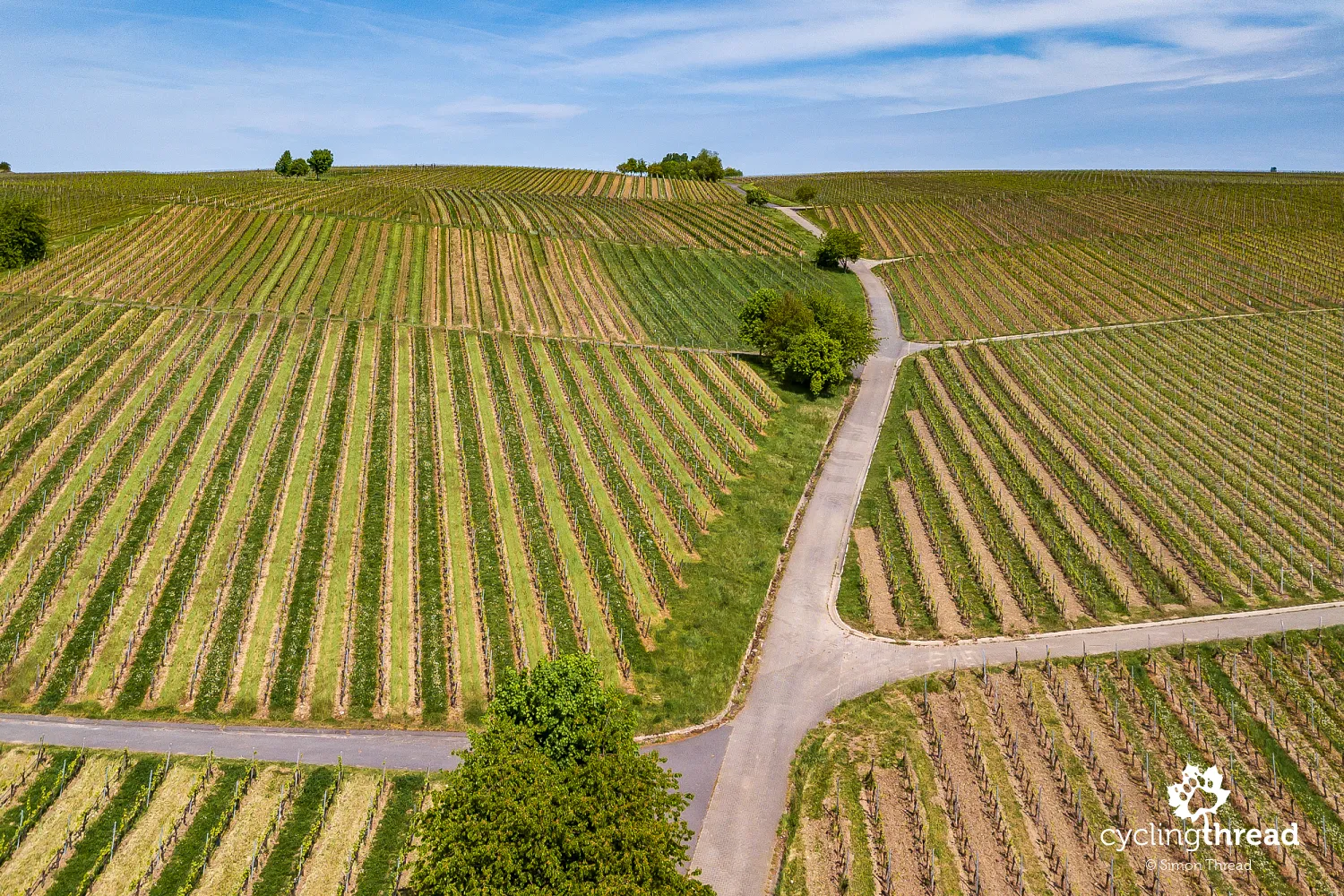
Pork shoulder with dumpling and sauerkraut
Among our gastronomic highlights in Franconia was the traditional Schäufele - pork shoulder served with a potato dumpling containing croutons in the middle and sweet sauerkraut. Eaten three times in different parts of Franconia, at various types of restaurants, it was always delicious and a true showcase of Franconian culinary art. Paired with Schenkerla in Bamberg, it was a perfect blend of classic flavors and one of those unforgettable travel memories. We also enjoyed sliced Schäufele at Brödla - a small street food spot in Bamberg, serving traditional Franconian dishes hot in crispy rolls. Imagine it as a snack to accompany a mug of Franconian beer...
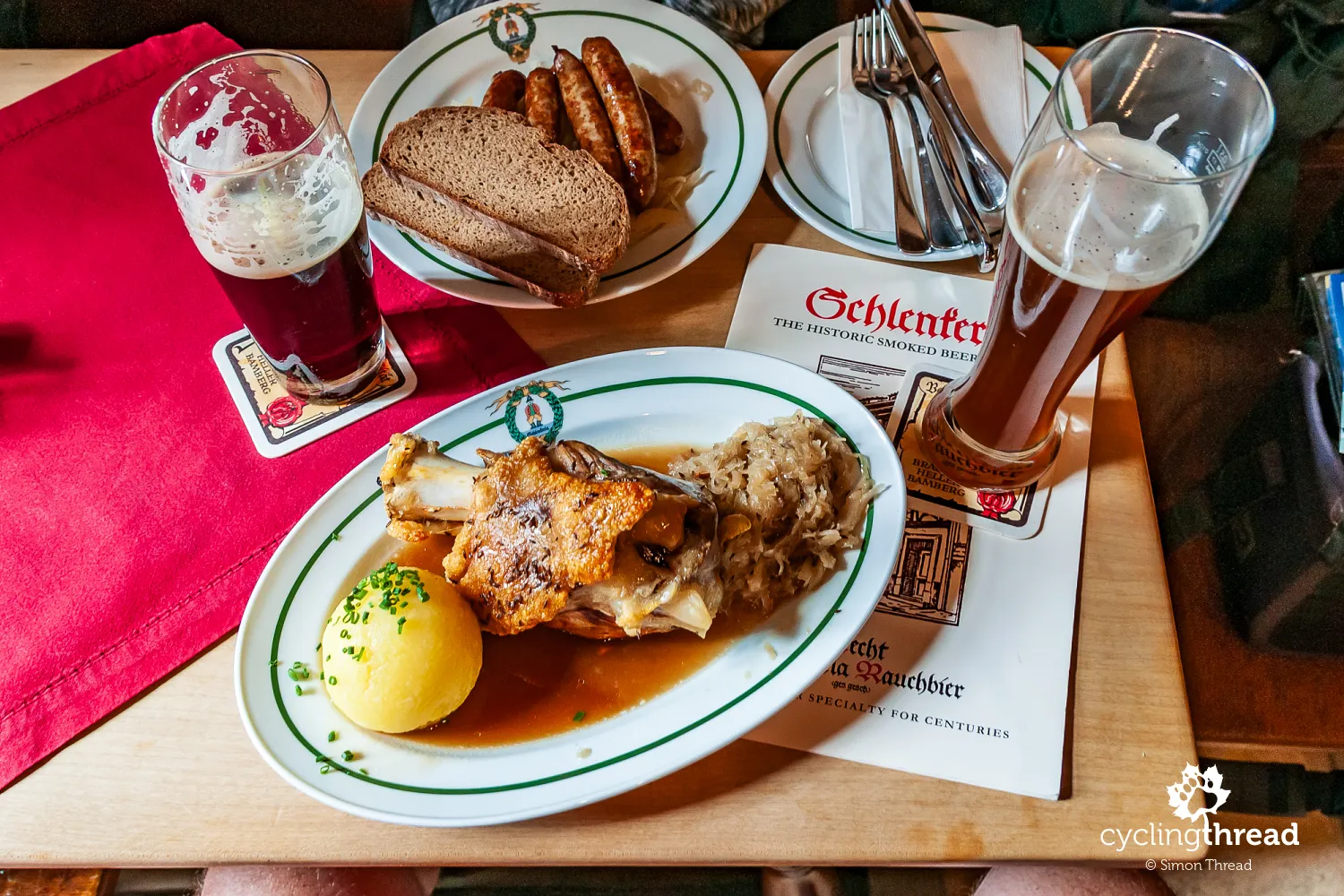
To Franconia for the best German schnitzel
And from the more indirect culinary experiences, there was one in Kitzingen, where a passer-by unhesitatingly directed us to "the best German schnitzel" at a local hotel's restaurant. The ordinary, traditional schnitzels we were to try were indeed delicious, but the simple yet unique way they were served perfectly matched our adventure and mood at the time. Have you ever been served such a dish on a shared wooden board?
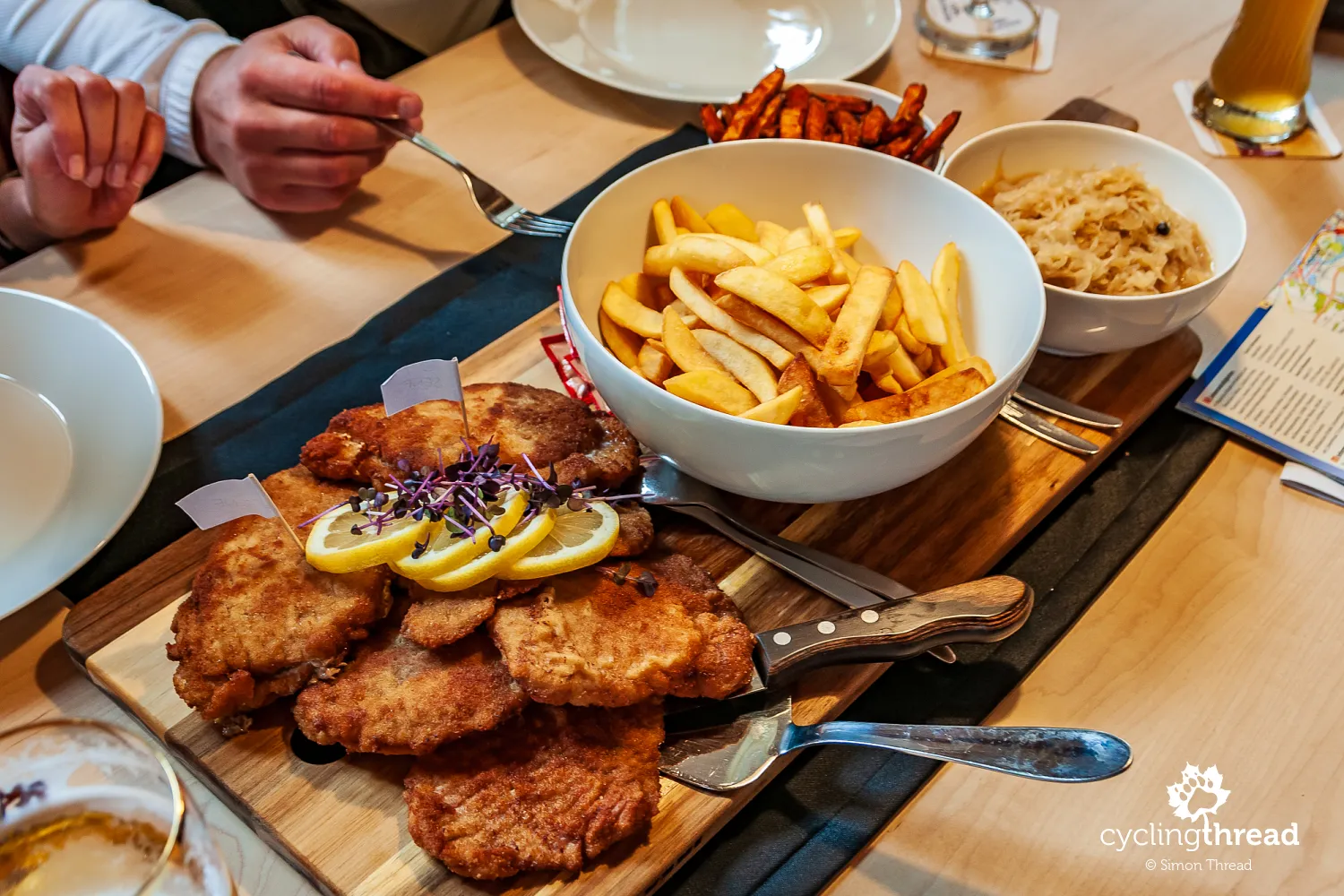
Traditional May Tree in front of the town hall
In Franconia, apart from the omnipresent traditional timber framing, numerous preserved medieval walls and defensive structures catch the eye, and the MainRadweg leads to many of the towns it passes through via preserved city gates. In the larger towns, a so-called May Tree - Maibaum, sometimes painted in the colors of Franconia or Bavaria and topped with a small tree, stands in front of the well-kept town hall. During the May festivals, the locals set it up themselves using manpower, decorating it with a wreath, colorful ribbons, and symbols of the artisan crafts present in the town. The May Tree is believed to bring prosperity and fertility to the town and its inhabitants in the upcoming season.
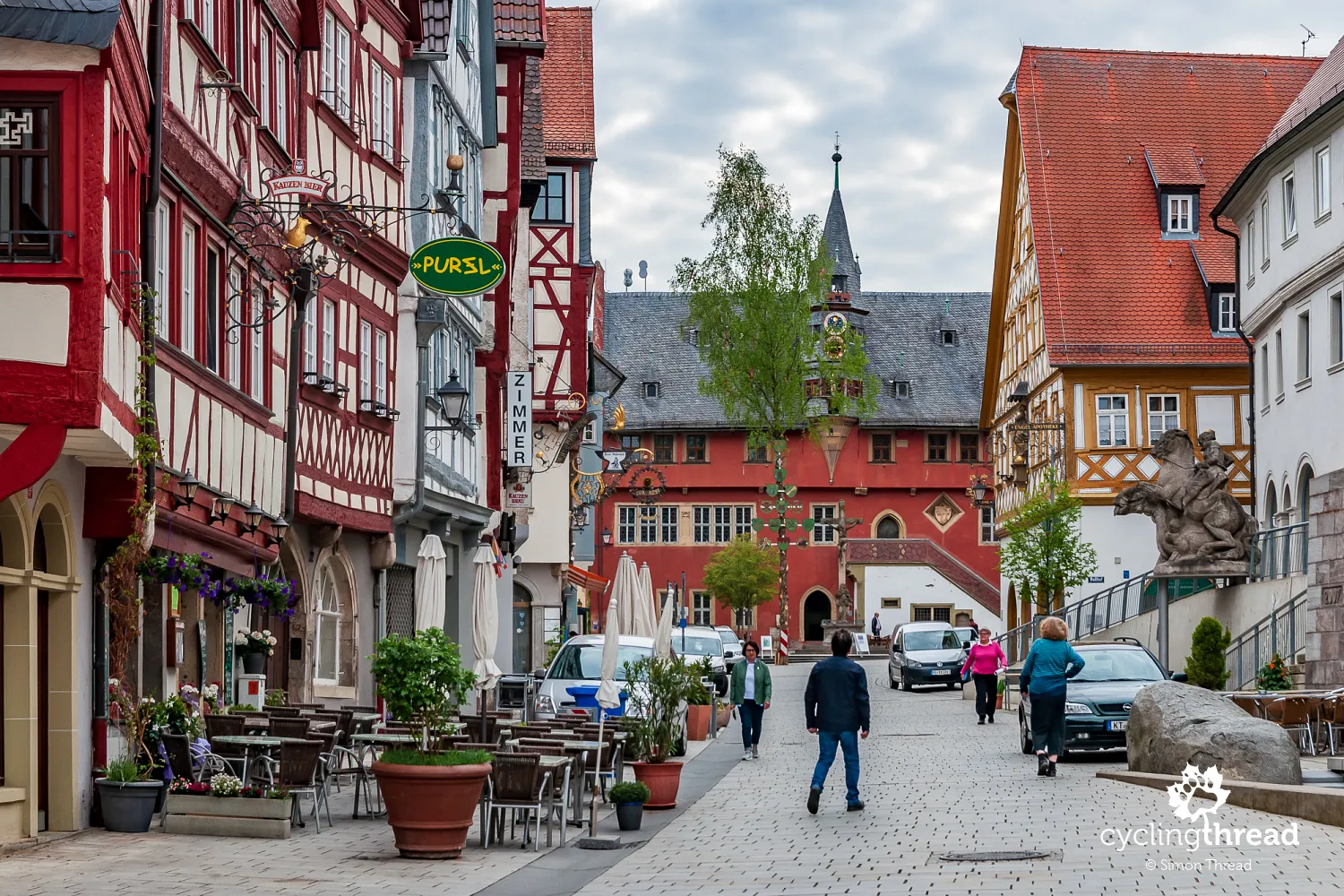
Spessart Museum and the Insulator Museum
Among these picturesque Main-side towns is Lohr am Main. Here, a small castle houses the Spessart regional museum - a small mountainous area bounded by the Main River. The planned protection of Spessart through the establishment of Bavaria’s third national park was abandoned by the Bavarian government in 2017 due to protests from private landowners and residents concerned about the uncontrolled population growth of animals, including bears and wolves. Another very interesting place is the unique, private museum of electrical insulators. In the unassuming building of a former transformer station, about 600 exhibits are housed, and the owner’s home contains as many as 6,000 different types, shapes, and sizes of insulators collected from around the world for over 50 years!
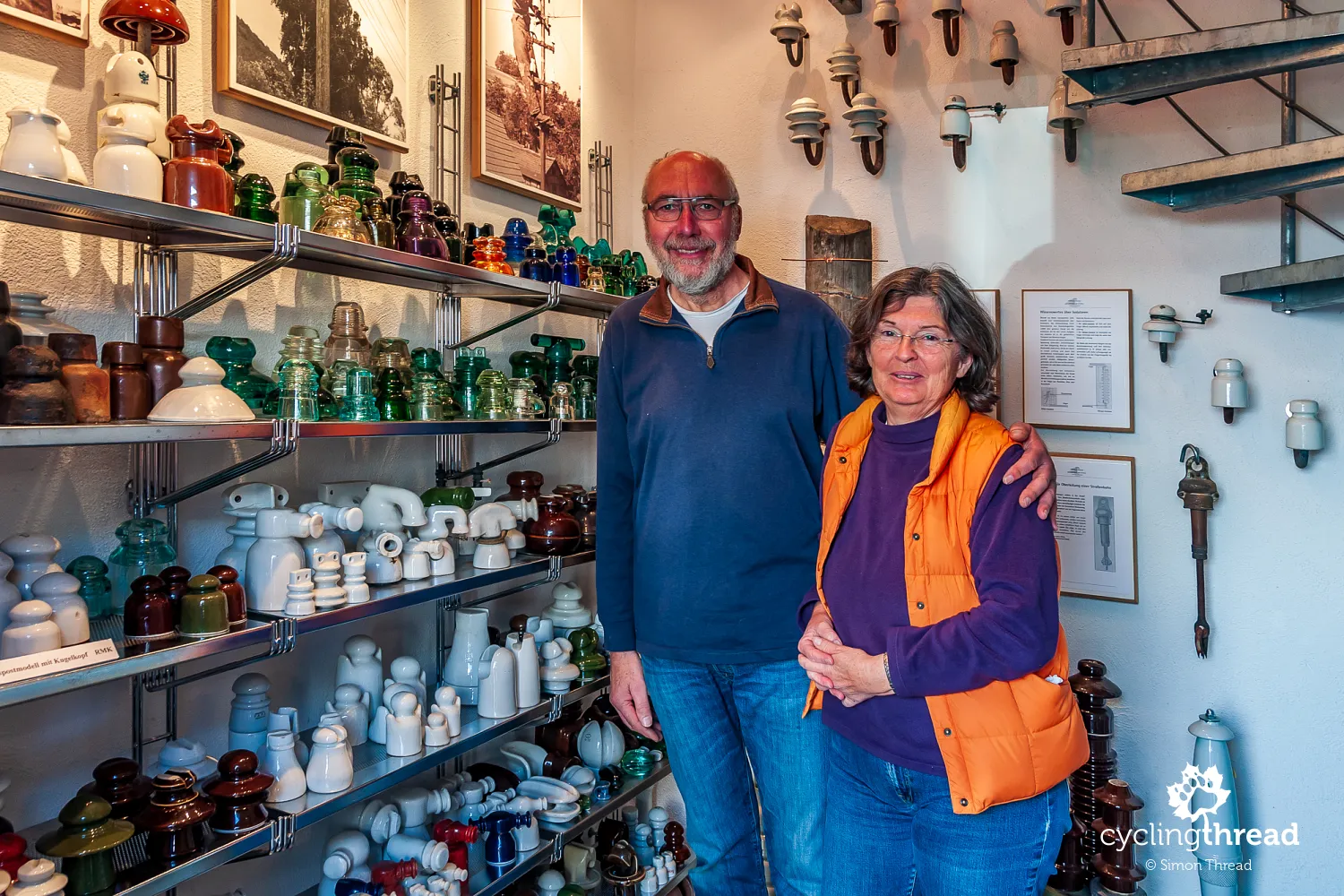
Over thirty three-hundred-meter locks
Traveling for a week along the Main, we had the chance to observe the river’s use for transport. Navigable conditions start below Bamberg, facilitated by 34 locks spaced a few to several kilometers apart. Each lock is 300 meters long to accommodate floating "sets" of goods sometimes made up of two connected barges or long, floating luxury hotels. We passed by one of these, named Crystal Scenic, several times on our route. I checked - a week-long cruise on the Main, Rhine, Moselle or Danube, where the encountered cruise ship operates, costs tens of thousands of zlotys. Among the nationalities most frequently using this service are even Australians.
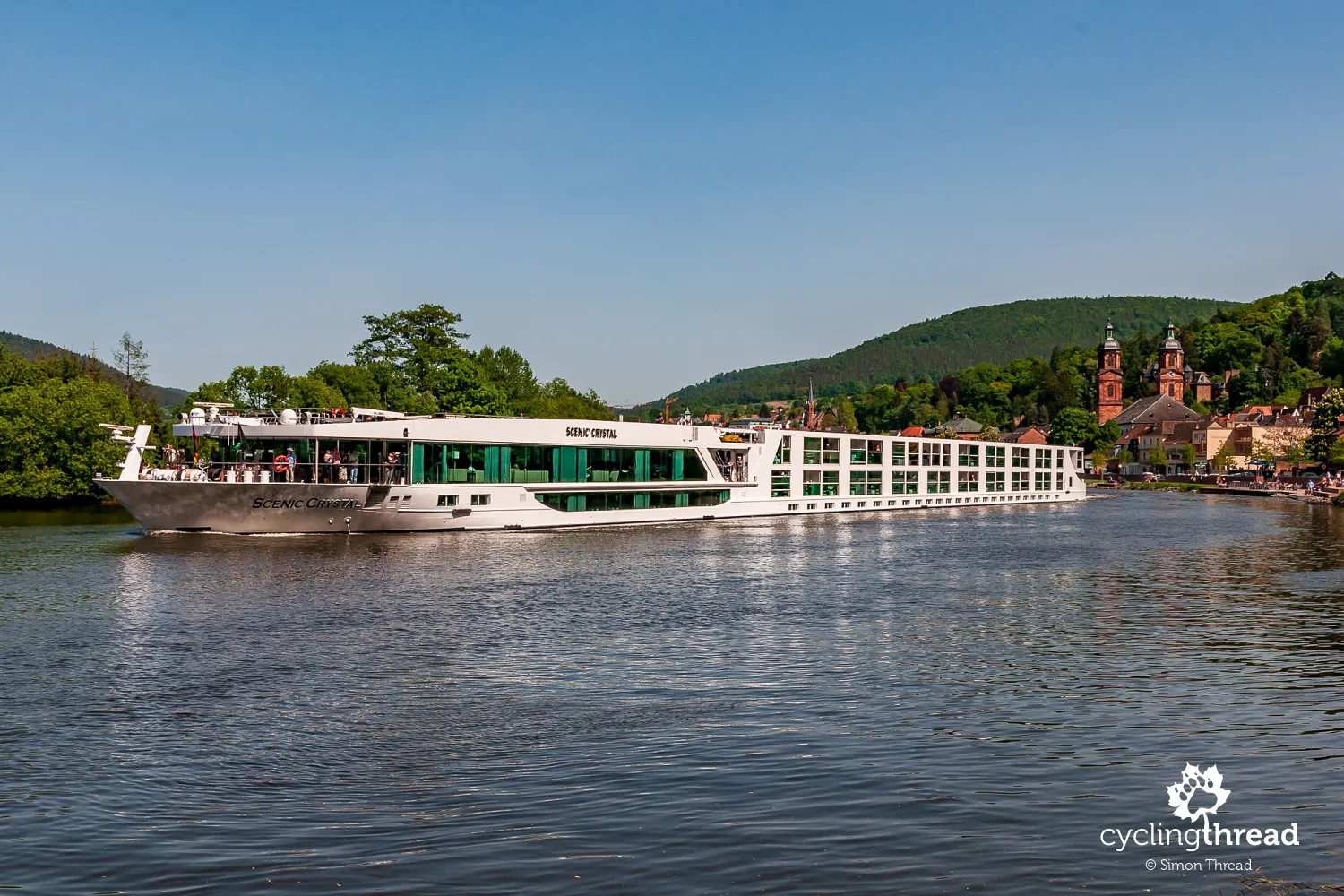
The economic policy of utilizing rivers as a model for development often includes significant infrastructure adjustments. Along the entire length of the Main, the river features secured, reinforced banks and dams with locks approximately every 10 kilometers. Each town along the river boasts its own port, as do nearby industrial plants and factories, all equipped with private docks. This development involves dredging the river, building navigation systems, and implementing supervisory and rescue systems, not to mention the environmental costs incurred. Despite this, the number of ships observed on the river was surprisingly low - no more than ten a day, making "sporadic" a more accurate term than "moderate" for describing the traffic. This raises questions about the necessity and sustainability of such extensive river infrastructure.
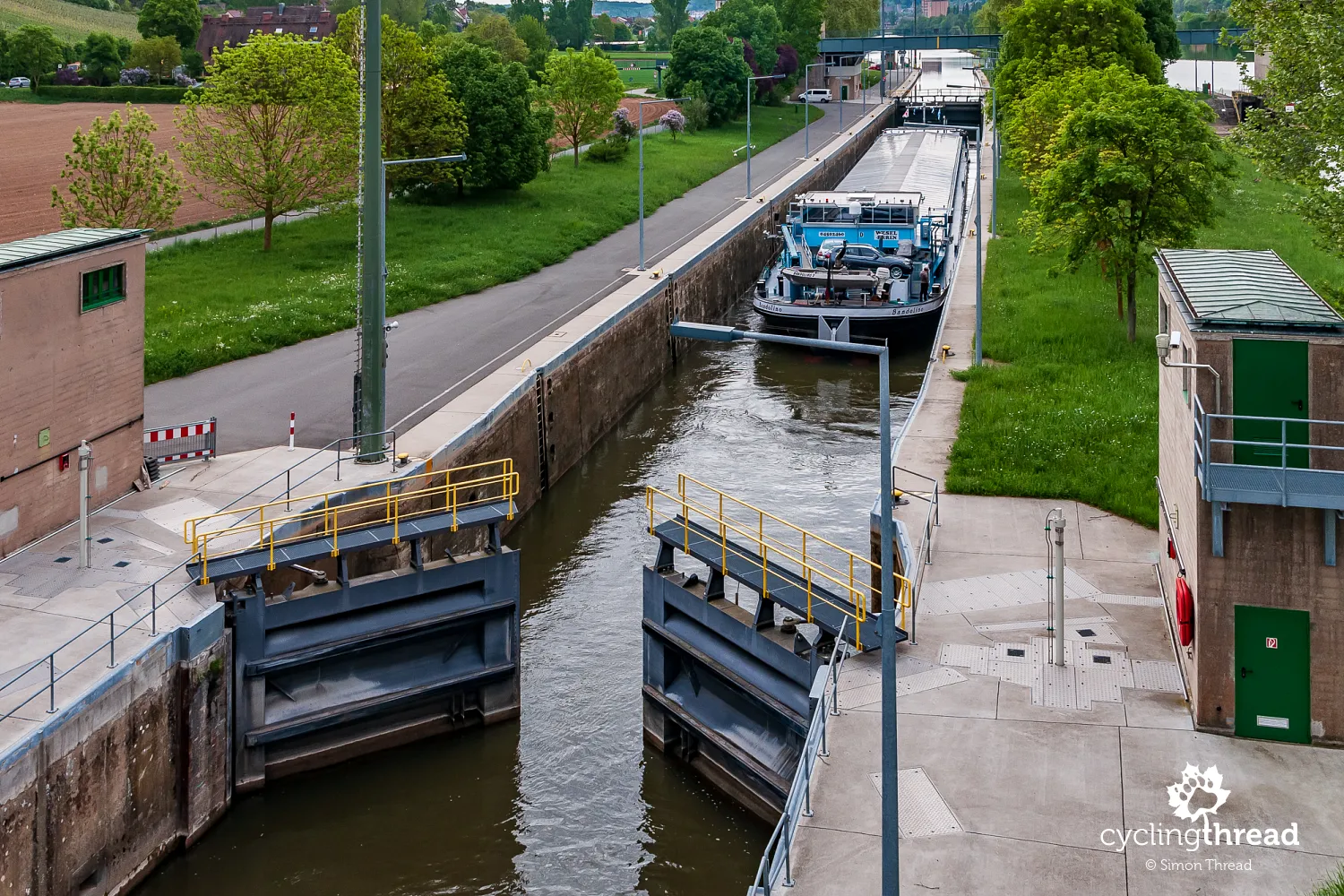
On the Old Main Bridge in Würzburg
And so we arrived in Würzburg, Franconia's second largest city after Nuremberg. The city is famous for the 13th-century Marienberg Fortress, located on a high hill above the town, which can also be efficiently reached by bike via a road, also a bike path, running through a park hidden in the fortress's fortifications. Inside the fortress are two museums, and we chose the interesting Franconia Museum, which houses one of the largest art collections in Bavaria. From the fortress in Würzburg, there is a view of the main part of the city across the Main and the extremely picturesque, massive Old Main Bridge (Alte Mainbrücke), which has stood in its present form since the late 15th century. This postcard-perfect view also served as the ideal backdrop for the cover photo for the August issue of Rowertour. Highly recommended!
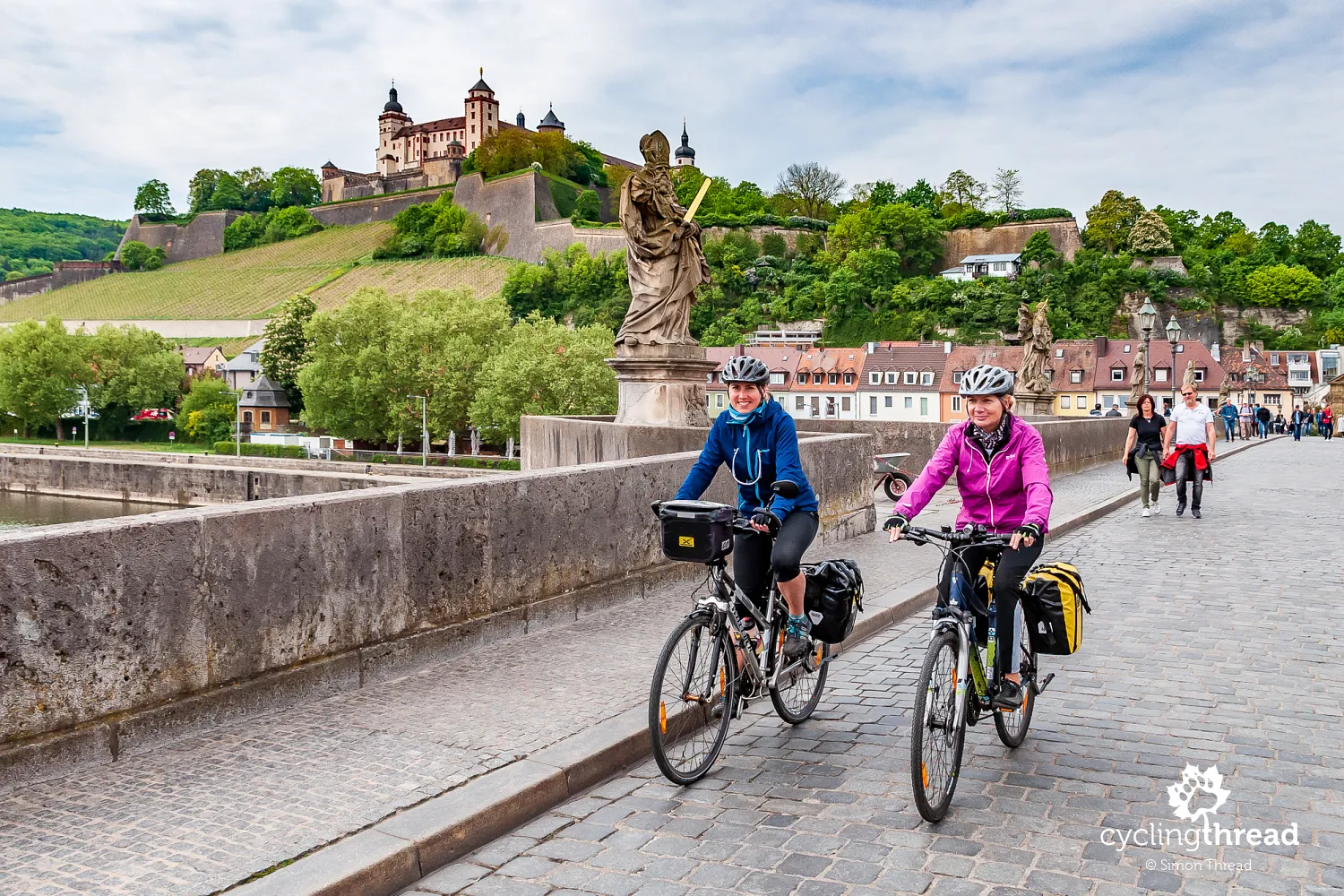
The Würzburg Bishop's Residenz
However, Würzburg is best known for one of the three most beautiful and grandiose baroque palaces in Europe, alongside Schönbrunn Palace in Vienna and the French Versailles. The Würzburg Bishop's Residenz has been on the UNESCO World Heritage list since 1981, although reconstruction after World War II damage continued until 1987. Among other things, the massive staircase that impresses visitors right upon entering survived the American bombings. The fresco on its ceiling by Giovanni Battista Tiepolo of Venice is the world's largest ceiling painting, depicting the four continents known at the time: Europe, America, Asia and Africa.
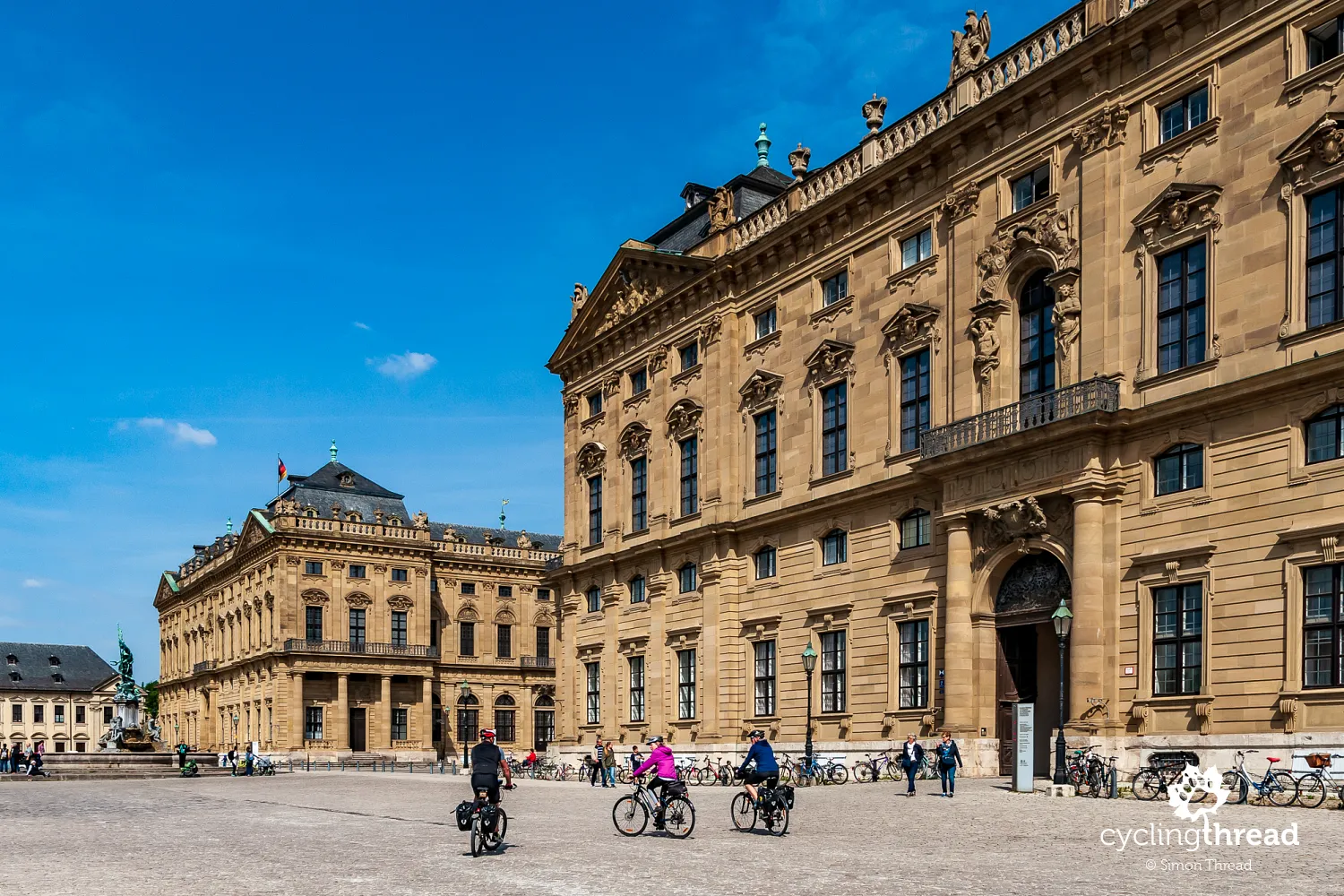
An American saves German artworks
A lesser-known story is that the fresco by the Venetian artist was saved by American historian John Davis Skilton, a member of the Allied organization The Monuments Men, responsible for protecting monuments during the war. He arrived in Würzburg three months after the bombings and immediately organized the construction of a temporary roof. This roof was intended to protect the precious artworks of the bishop's residence from complete degradation during the autumn rains. Near Ochsenfurt, he found the building materials needed for the temporary structure, floated them down the Main to Würzburg, and even financed the carpentry work and organized a group of German experts to secure the palace. Years later, he was awarded the German Cross of Merit by the government of West Germany and Franconia today can boast another magnificent masterpiece of Baroque art.
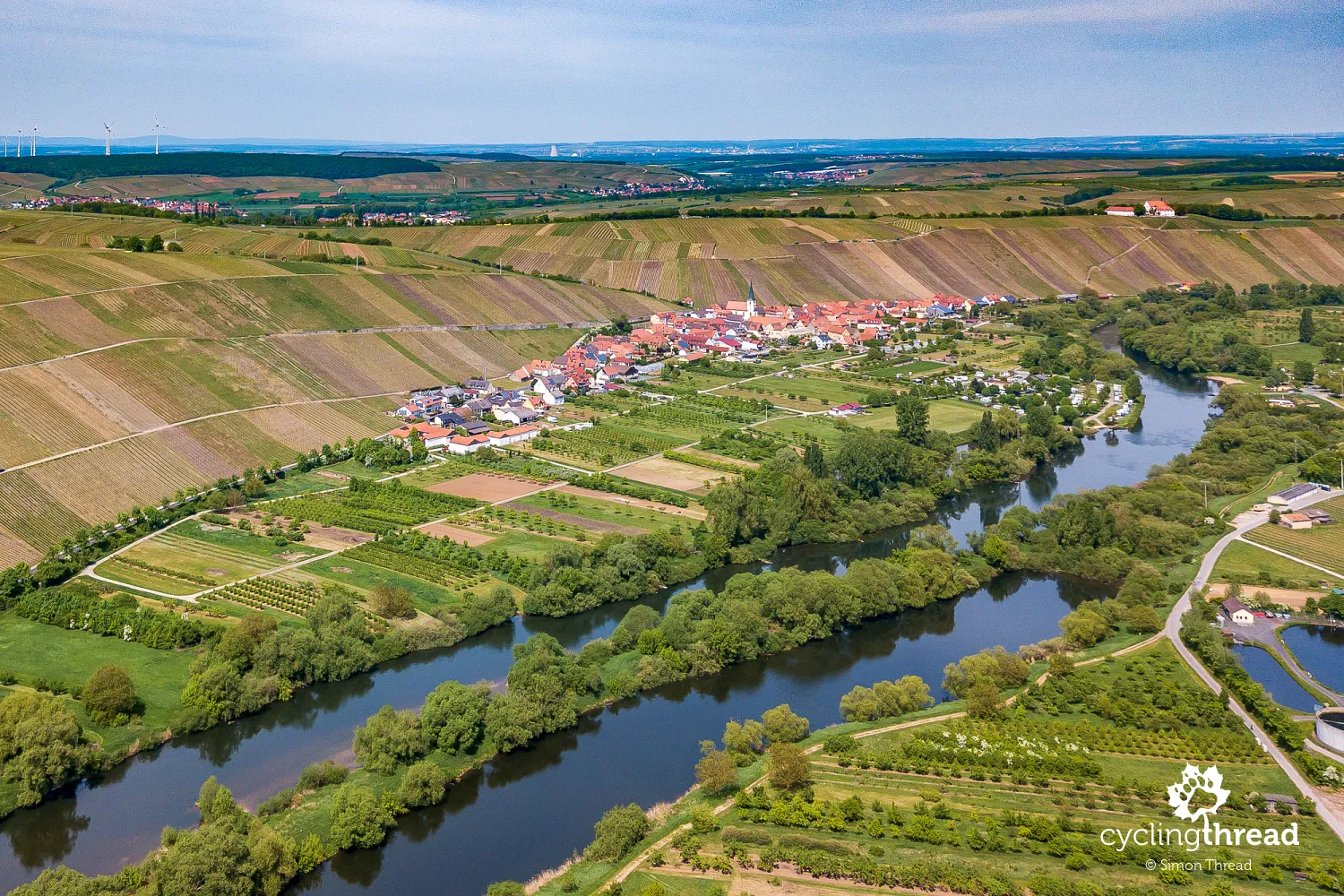
Interesting Main Valley bicycle route
I always thought that a week-long journey through a river valley by bike could quickly become tedious, and partly for this reason, we had never spent any cycling trip this way before. The Main Valley quickly dispelled such fears, often changing its face and donning various riverside "garbs." Of course, the most impressive were those wine-related, with rows of vines reaching the horizon. Others, with a flat bottom and sloped sides, reminded me of... a closed cycling track. Yet others resembled mountain river gorges as we rode under cliffs of red sandstone, commonly used here for the construction of many buildings, including the most precious monuments. And such "postcard" sceneries - after all, the main reason we came here when the bike "path" runs along the river - were in abundance.
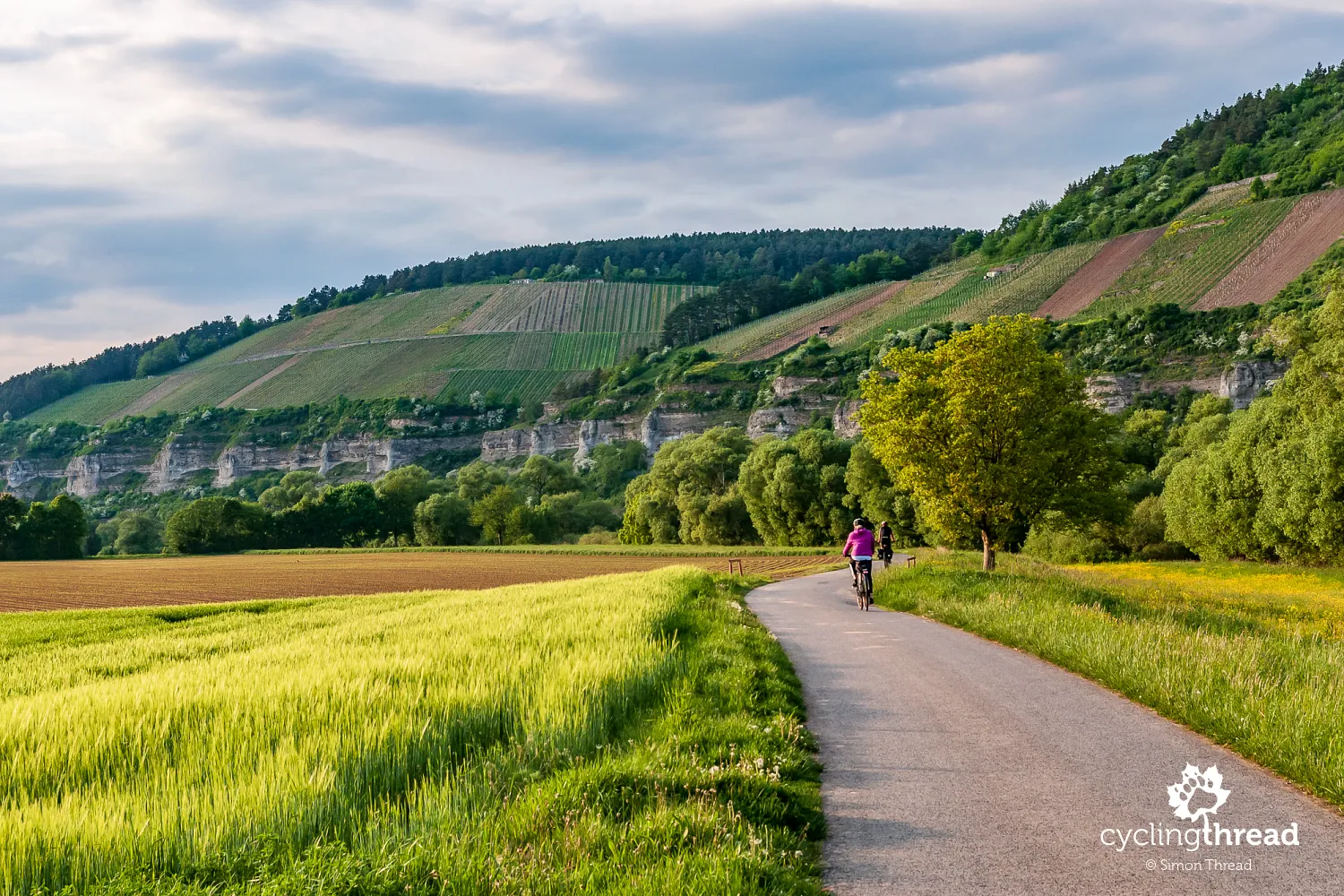
Cork castles at Johannisburg Castle in Aschaffenburg
One of the buildings made from local red sandstone is the monumental and perhaps most picturesquely located Johannisburg Castle in Aschaffenburg, one of the most important Renaissance buildings in Germany. Red "bunter" sandstone from the Miltenberg area - a town where one can also see several significant buildings with a distinctly reddish facade made from this Main-side material - was used for its construction. Besides a painting gallery showcasing the largest Bavarian art collections outside Munich, it houses the world's largest collection of architectural models made of... cork.
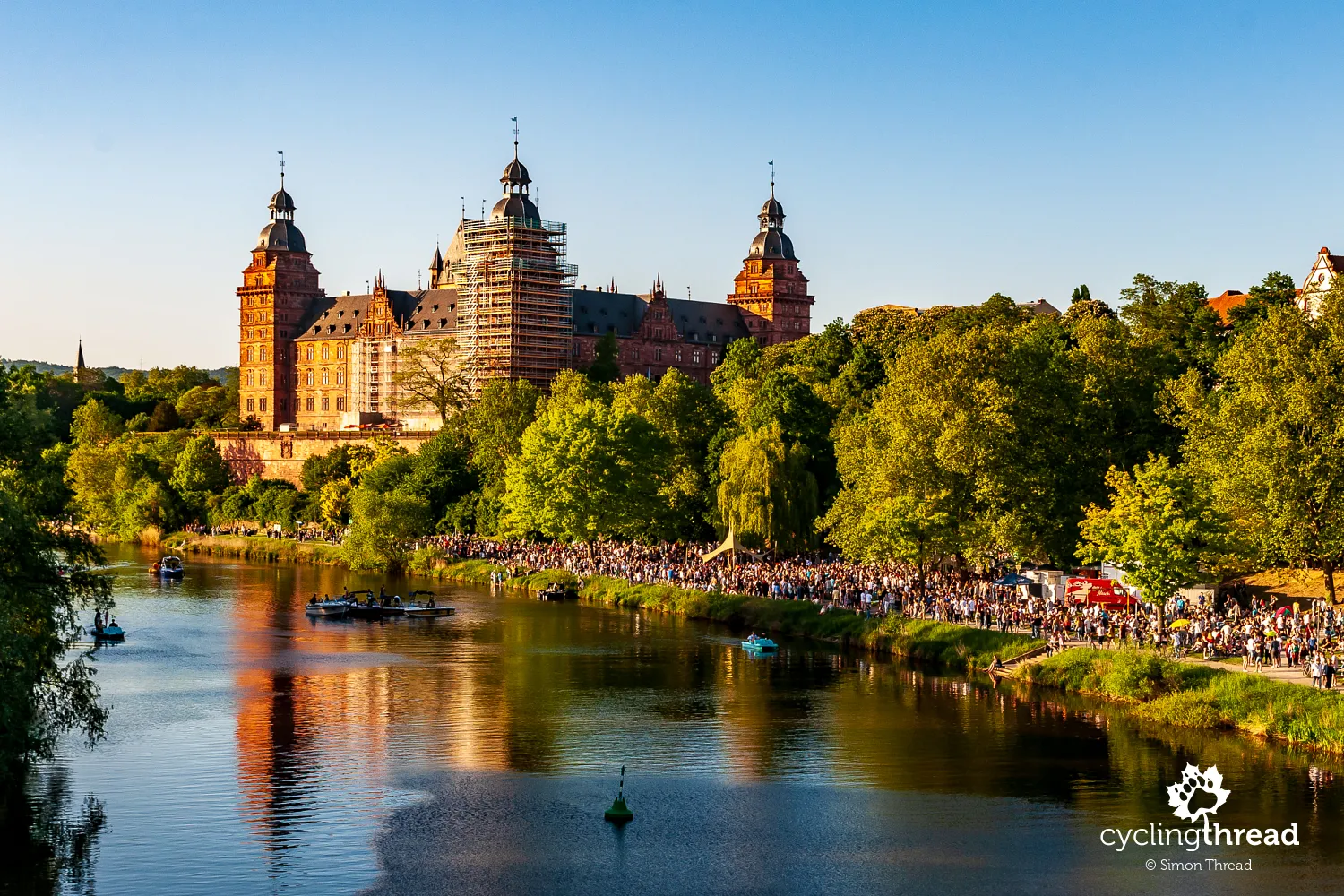
Bike route through Bavarian vineyards
Official sources stated 10 years ago that as much as 90% of the Main Valley bicycle route was paved, which today is an underestimate - during our ride, non-paved sections were truly rare. And as befits the best long-distance bike paths in Germany, most of the trail along the Main consists of wide bike roads and pedestrian-bike paths separated from other vehicular traffic. Family with kids on bikes? Parents with trailers? Older individuals? This is one of those routes where there's a place for everyone.
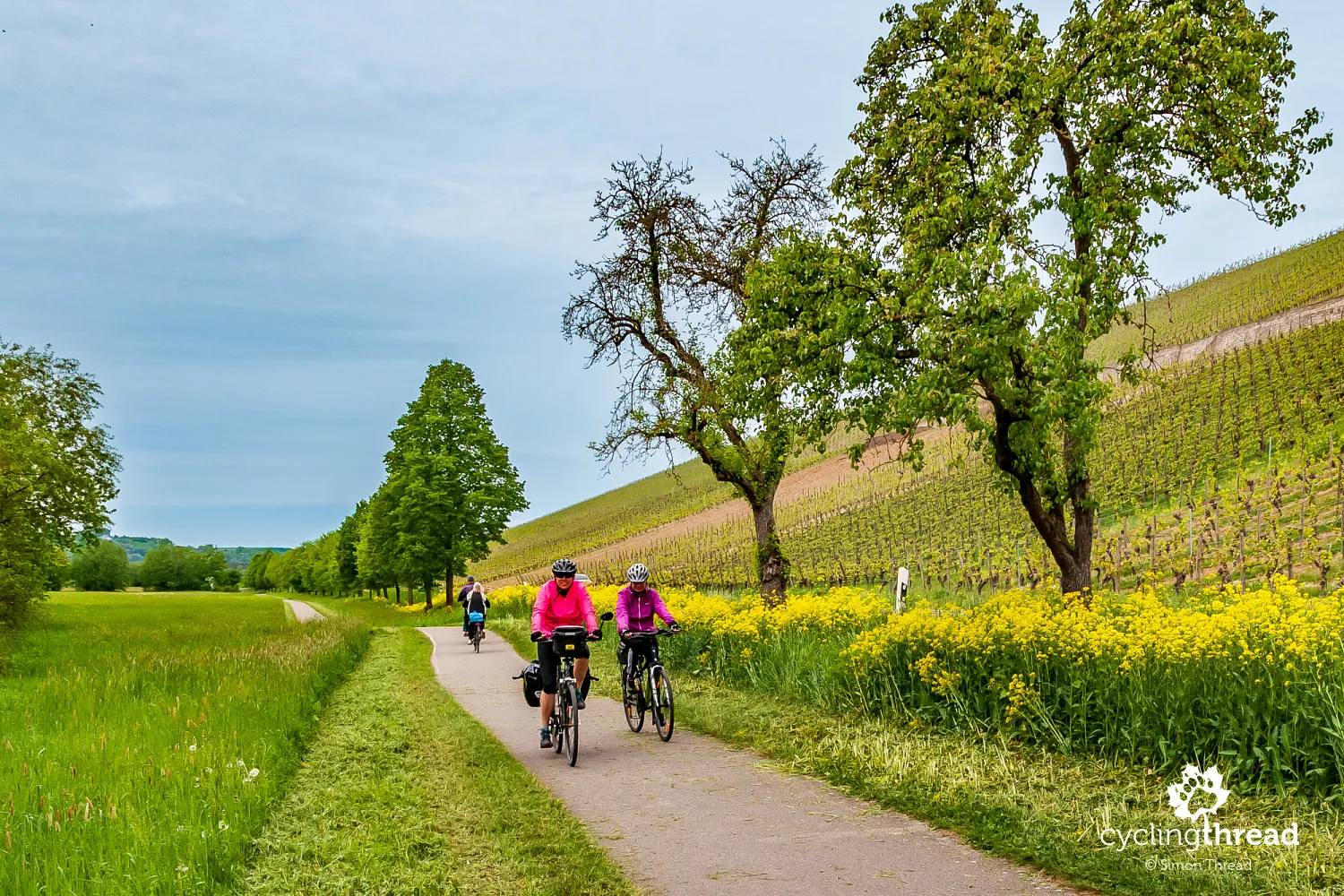
A small detour on the route
The desire to ensure comfort for tourists traveling the bike route is evident along the Main at every step. In case of issues with passage, ongoing road works, or similar, signs inform about route changes. Once, due to ongoing works on a section running through farmlands, a detour was organized on the spot, temporarily, by laying out rubber mats. I wish such an approach were taken on the other popular bicycle routes in Europe.
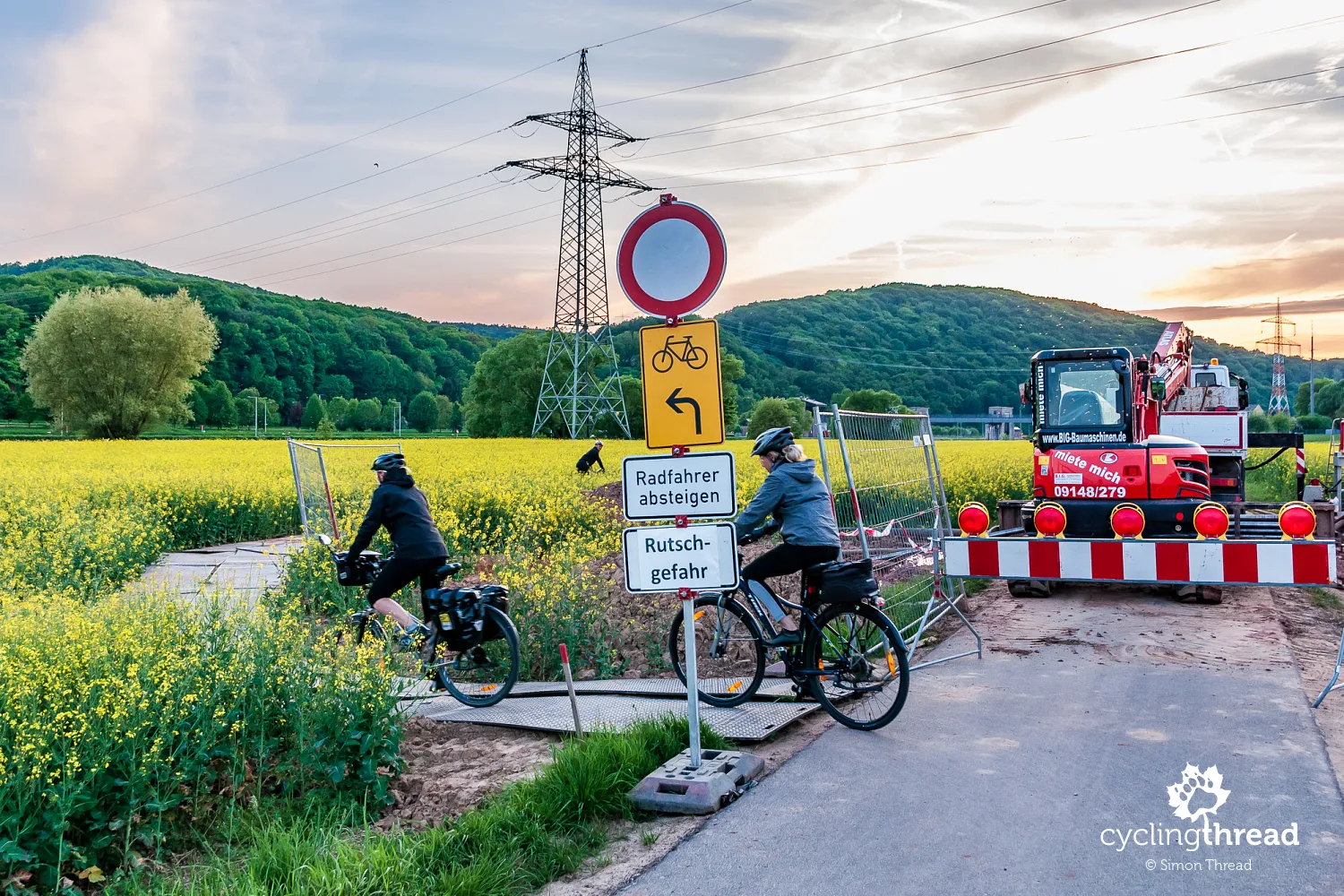
Thirteen hours traveling through Germany
Our journey to the starting point - Bayreuth, located north of Nuremberg, was also unique. Due to ongoing track renovations before Berlin, but mainly because of the distance between northern Poland and southern Germany, we traveled by train... for 13 hours! Fortunately, we enjoy train journeys, so each of the five (!) transfers was a pleasant diversion, and the longest one in Dresden even allowed us to ride around the city and have lunch among the yellow-black scarves and shirts of Dynamo Dresden fans returning from a match. At that time, we didn't know that we would soon return to Saxony and Dresden for a longer visit.
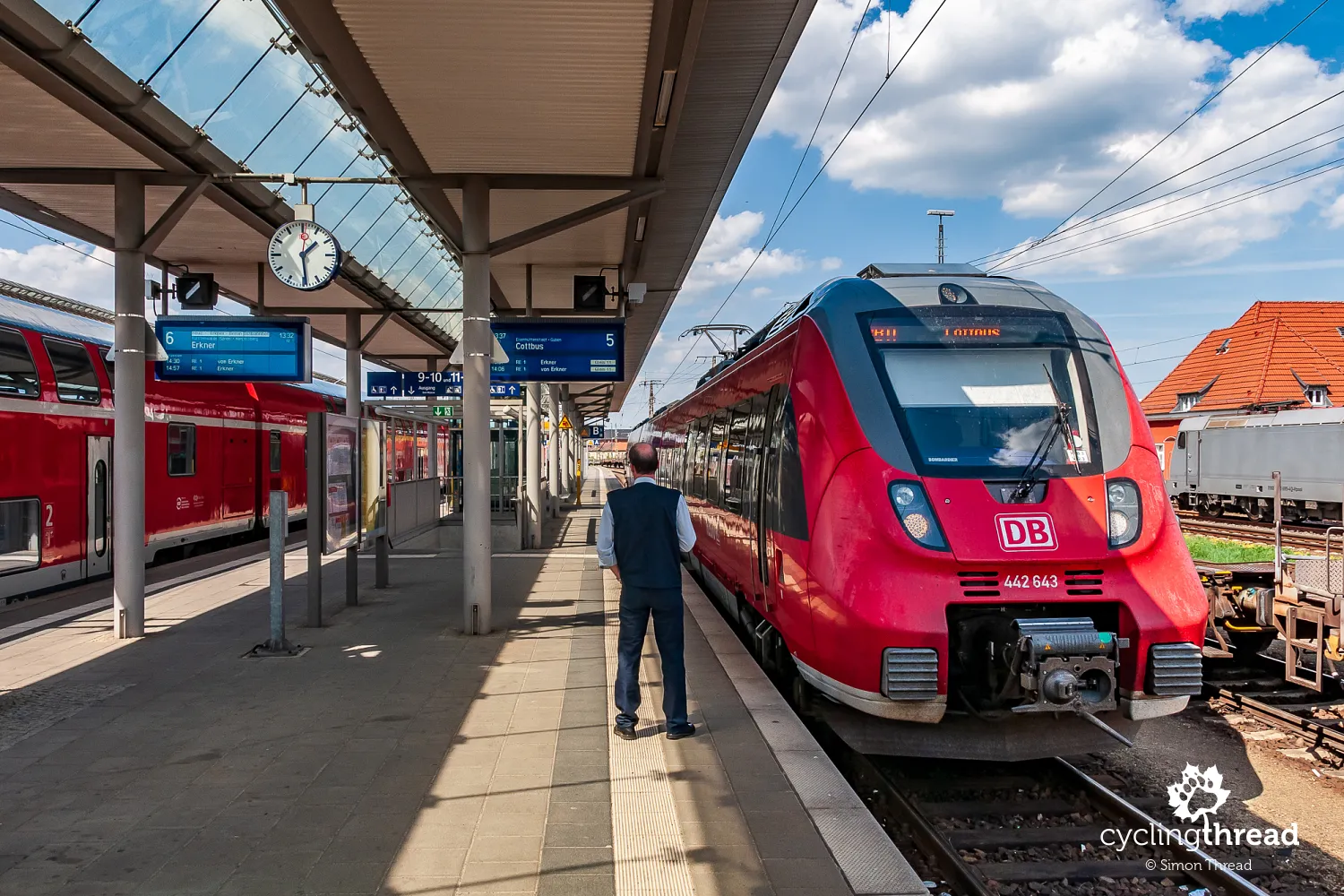
With a similar philosophy as ours - that trains are still the most convenient and very necessary mode of transport for cyclists and bikes, German railways, both state-owned Deutsche Bahn and private regional carriers, also operate. Each train had space for bikes to be used by any number of them, with straps for securing standing vehicles (no hooks under the ceiling), but also with a wide, comfortable entrance that did not require removing panniers - not even once during our entire journey through Germany! I immediately think of the completely opposite conditions for transporting bikes by the Pomeranian Metropolitan Railway in Tri-City, which treats cyclists as a necessary evil. But, this is a bike blog, not a railway blog...
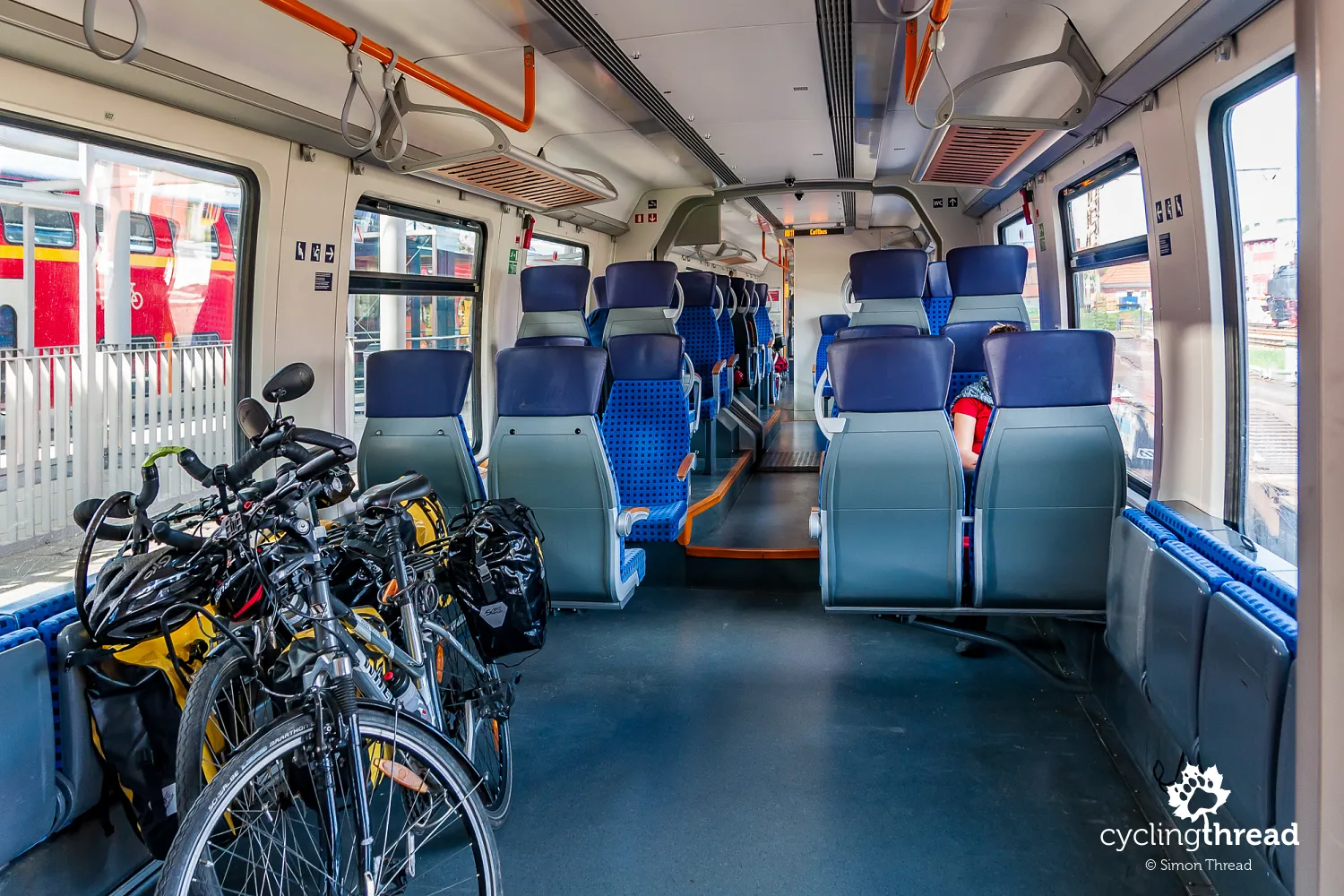
Wonderful memories from yellow-green Franconia
...so let's stick to bikes and our wonderful memories of Franconia. May they encourage you to visit northern Bavaria (and a slice of Hesse), to be enchanted by the region's atmosphere, its history, architecture, and... the delicacies it offers. Maybe you'll head there like we did, to ride the entire Main Valley bike path, maybe the aforementioned German Timber-Frame Road will draw you to Franconia, or perhaps it will be the famous German Romantic Road, which starts right here in Würzburg.
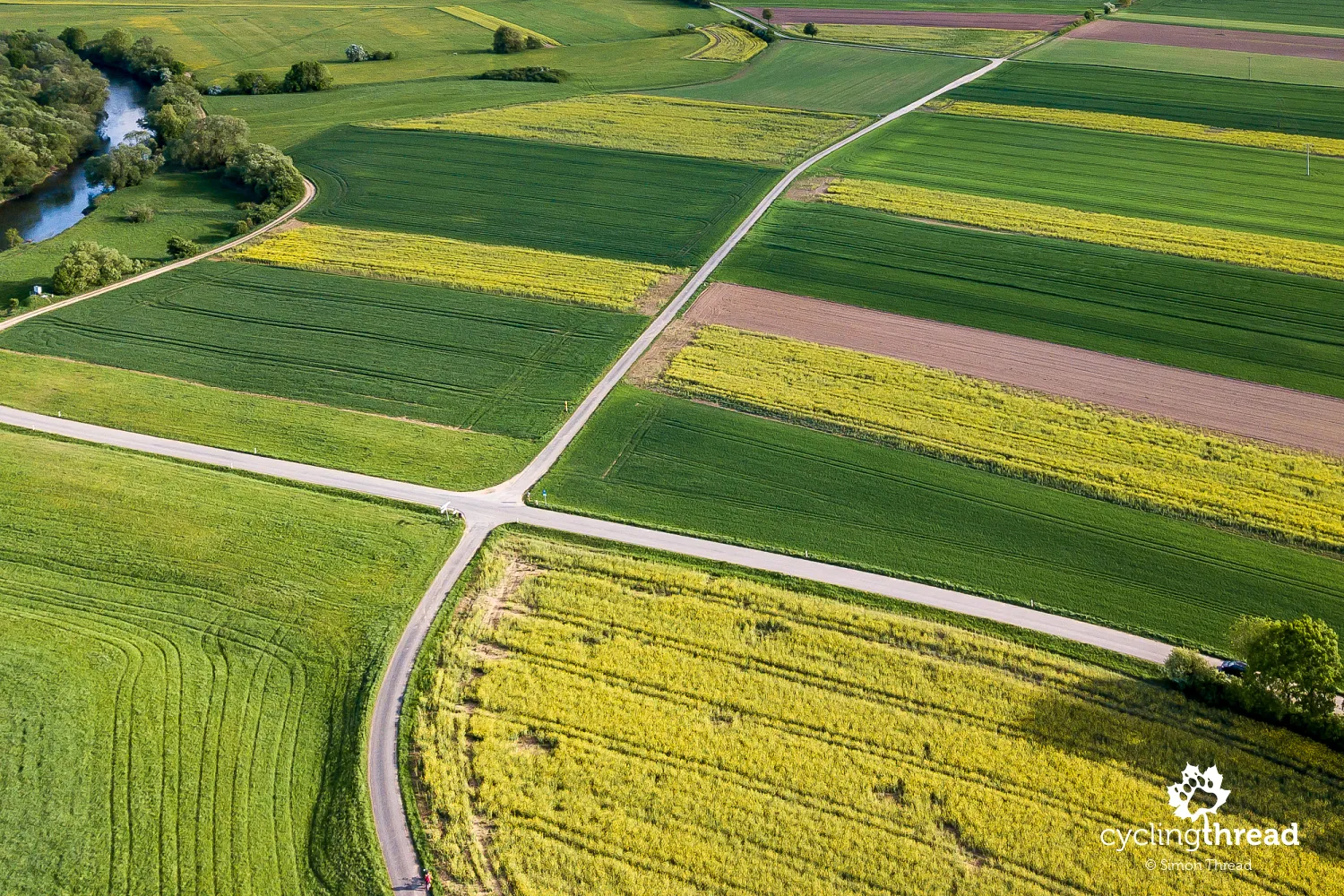
Where to find accommodations in Franconia?
Most of our accommodations were found - as always in Germany - using the Booking.com reservation service. Among the best were a hotel in the Old Town of Bamberg, a guesthouse in Stadtprozelten with a view of the Main Valley, and an apartment in a renovated attic of an old building above the Main in Ochsenfurt.
Back to top


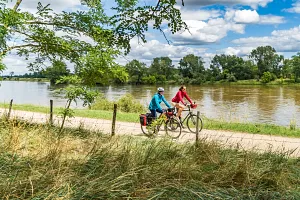
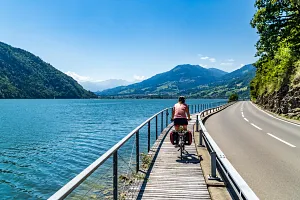
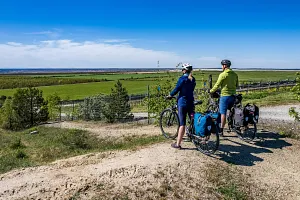
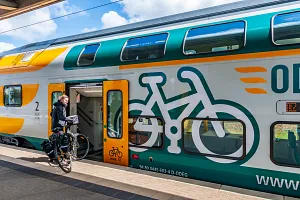
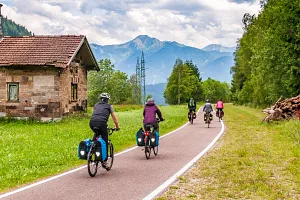
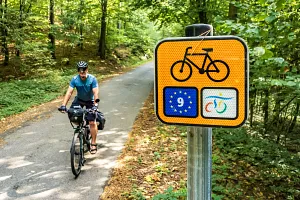
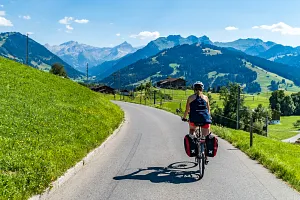
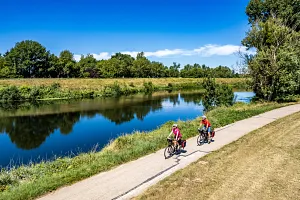
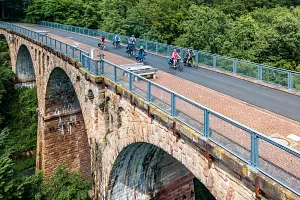
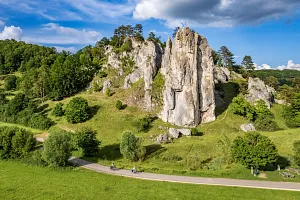
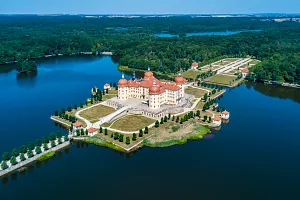
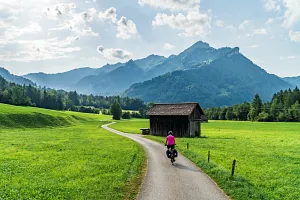
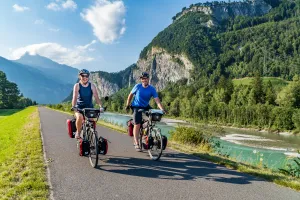
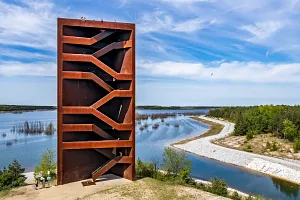
Your Comments
Add new comment